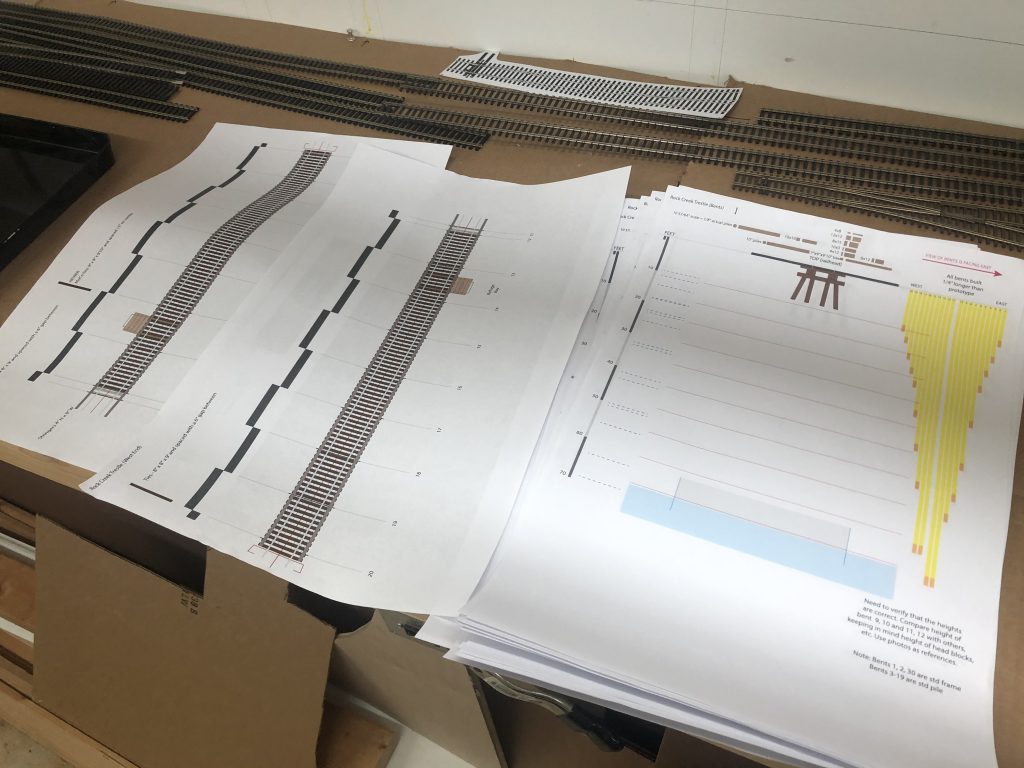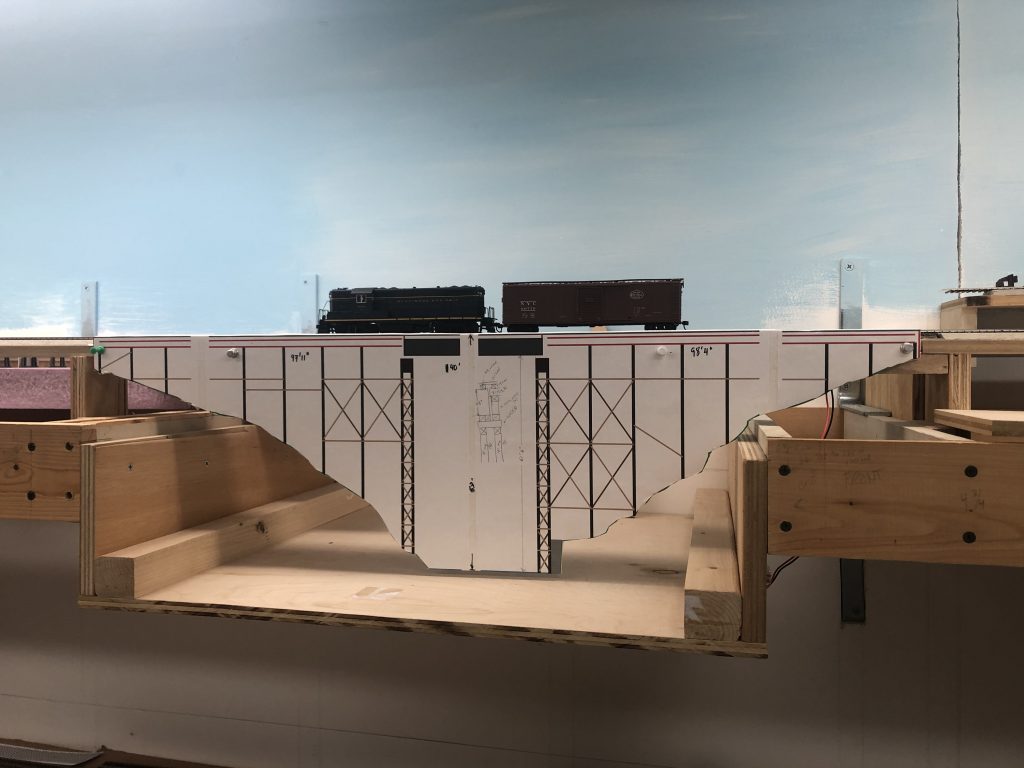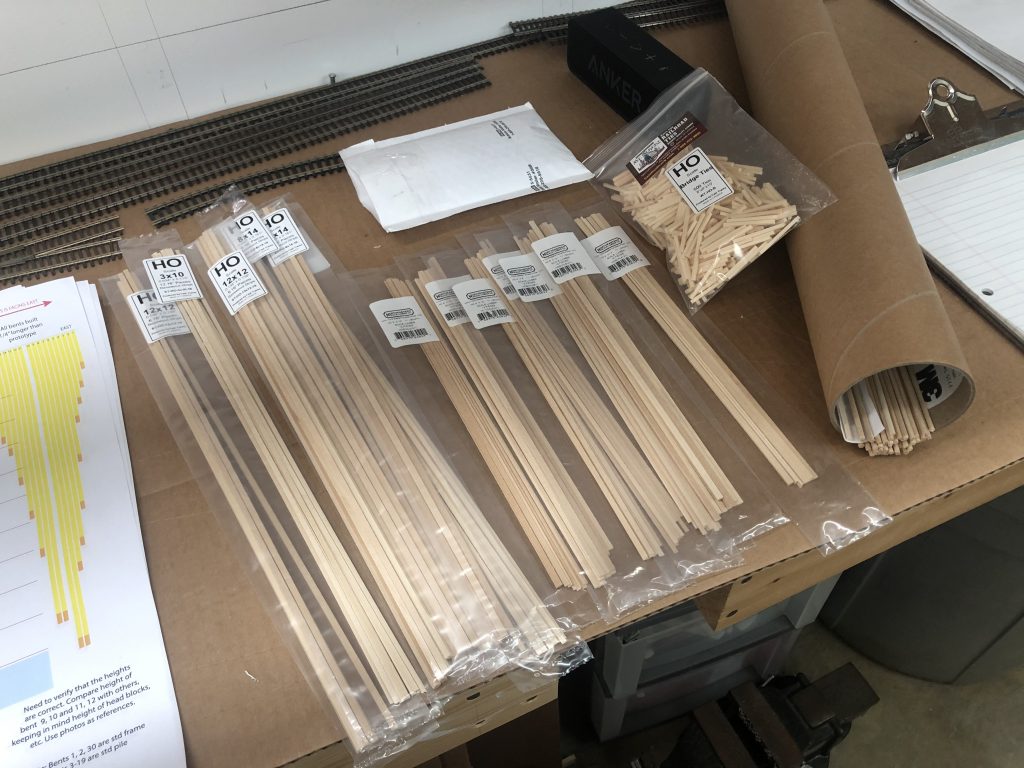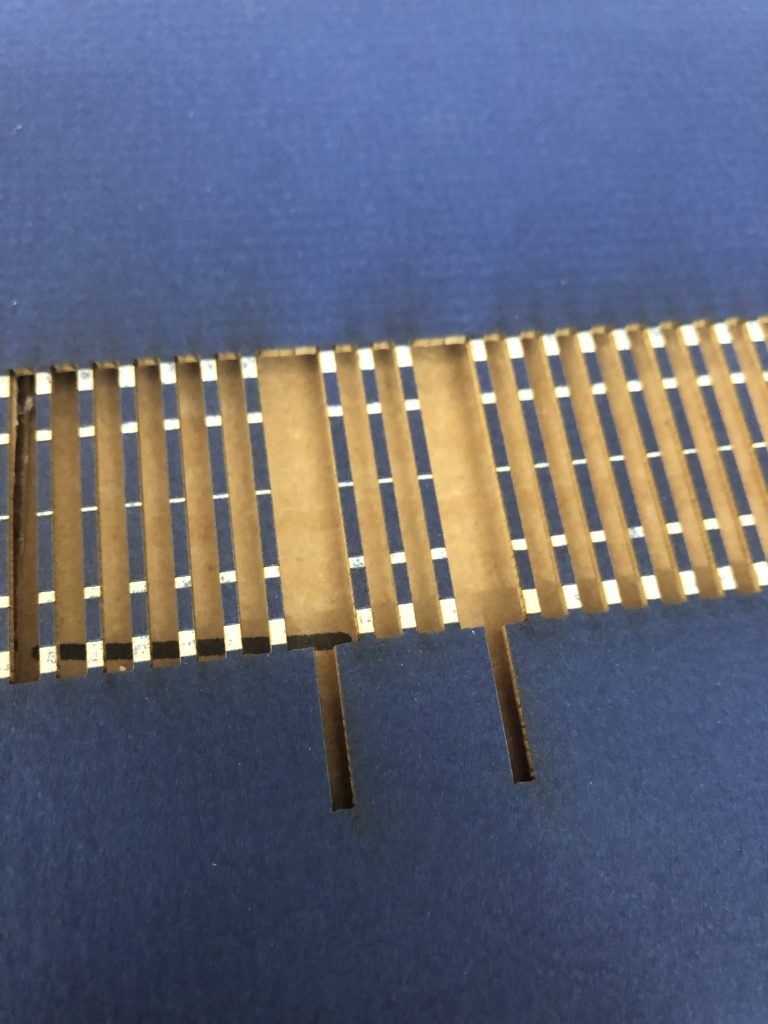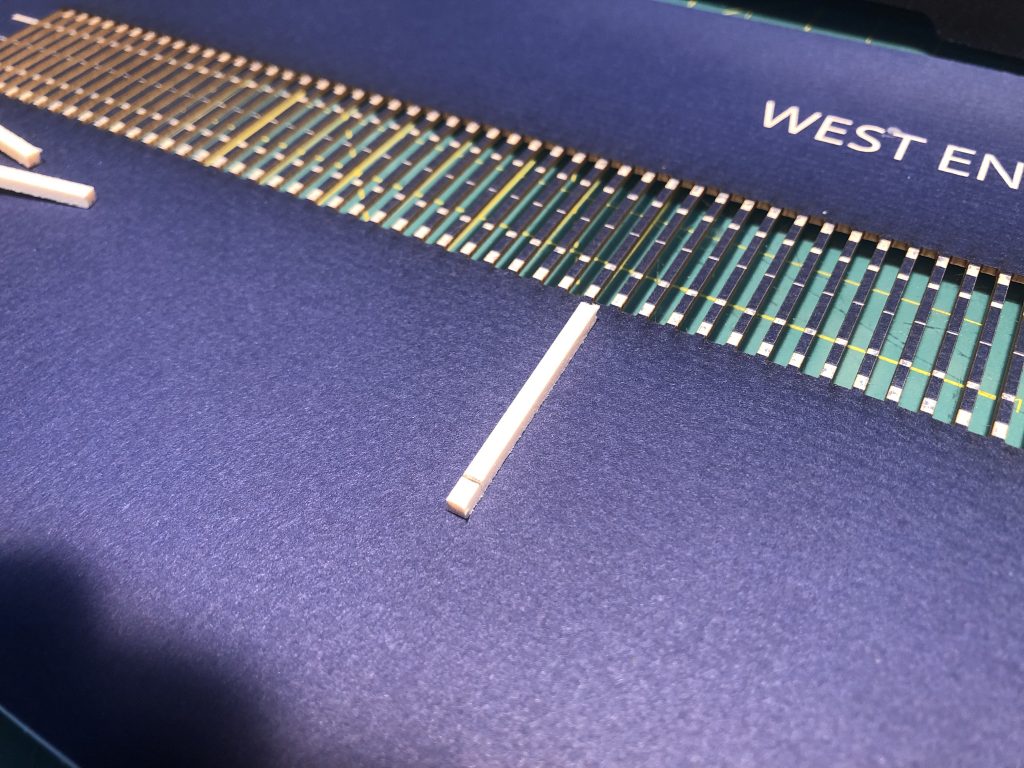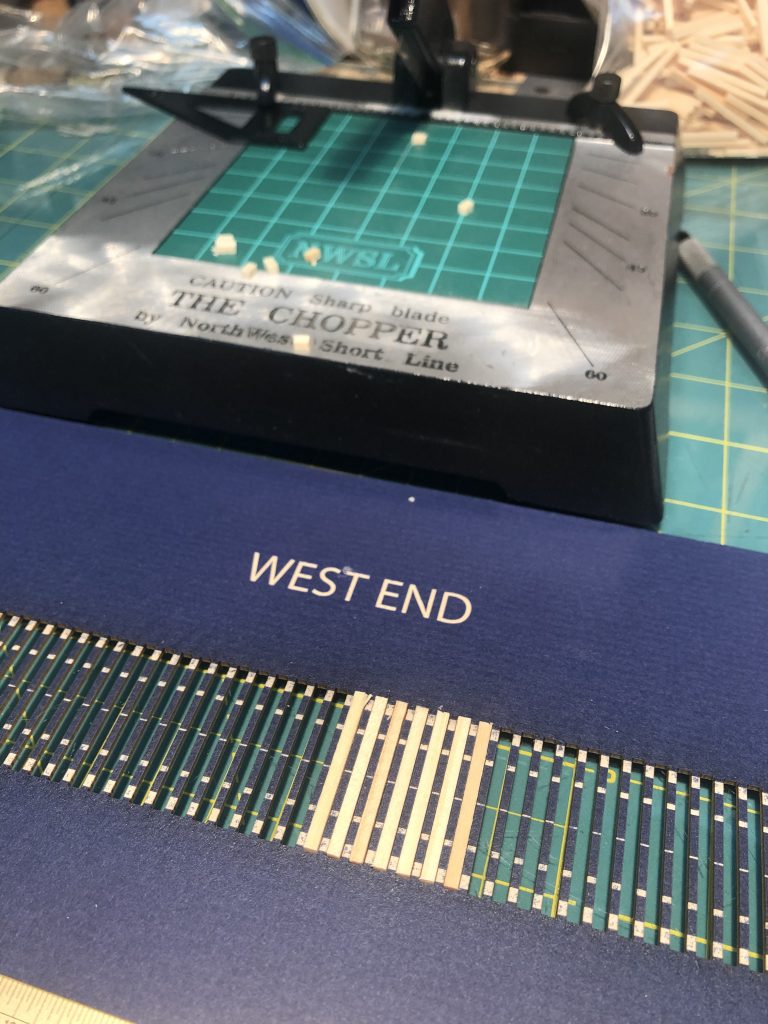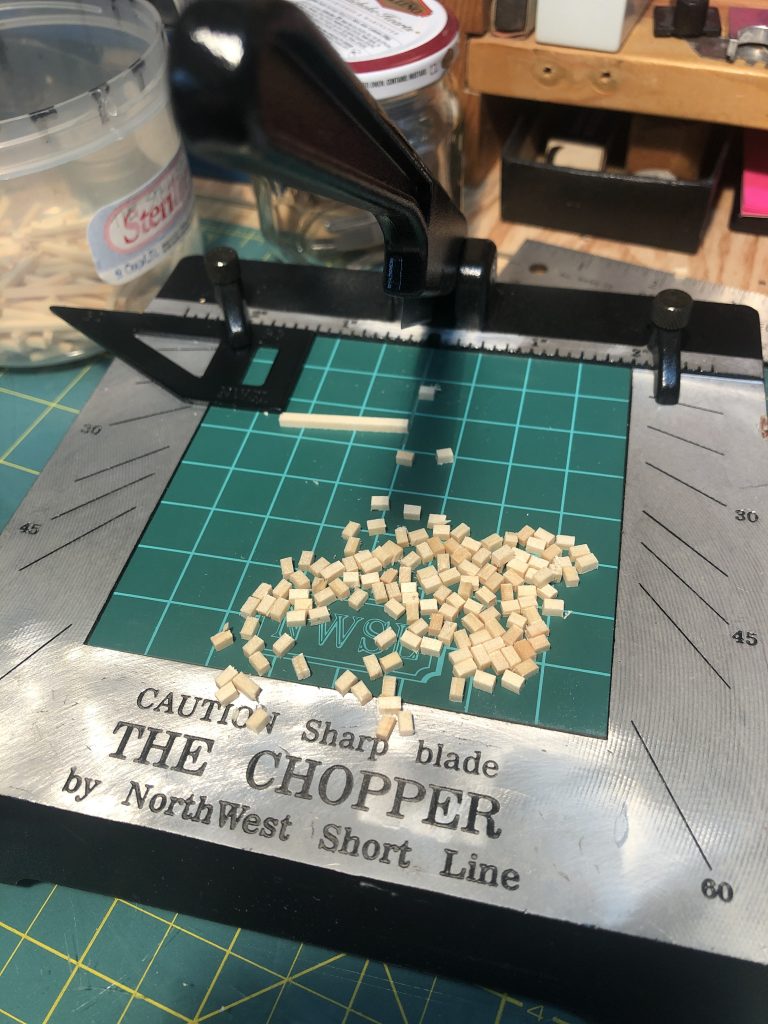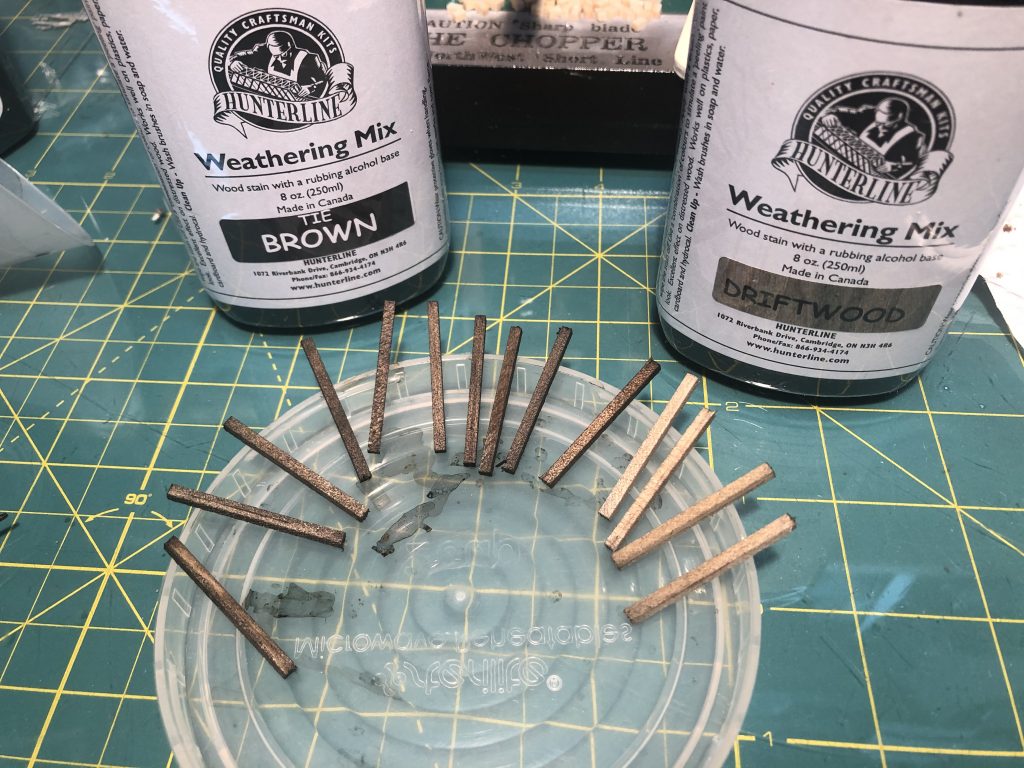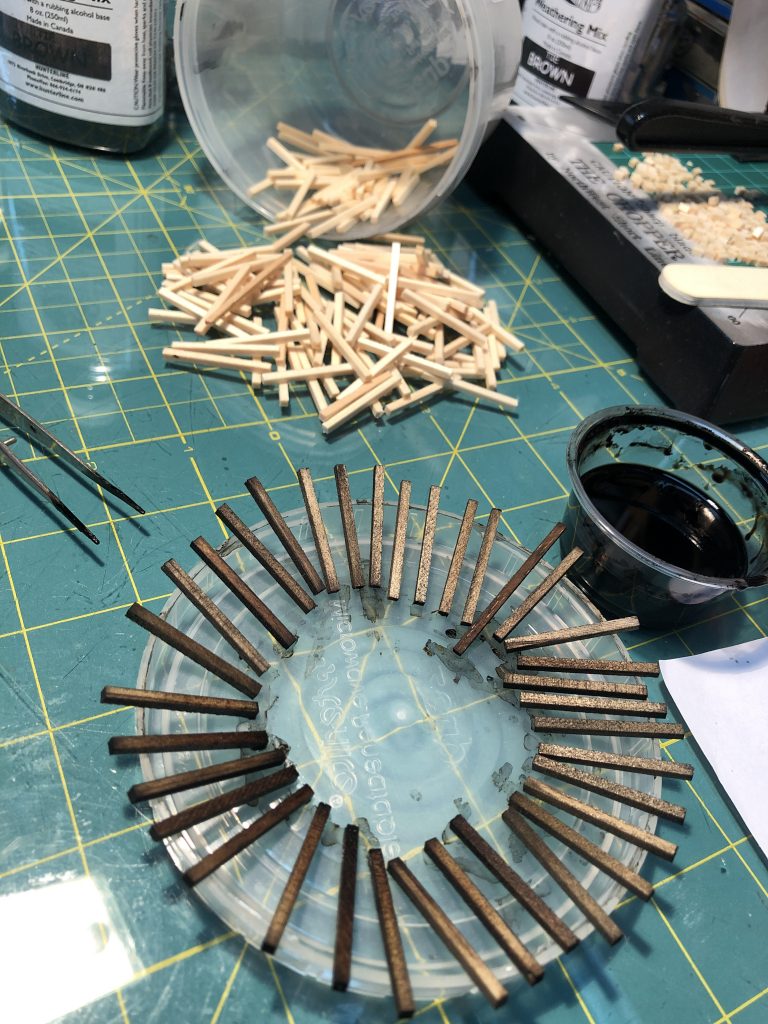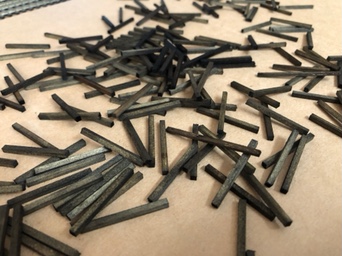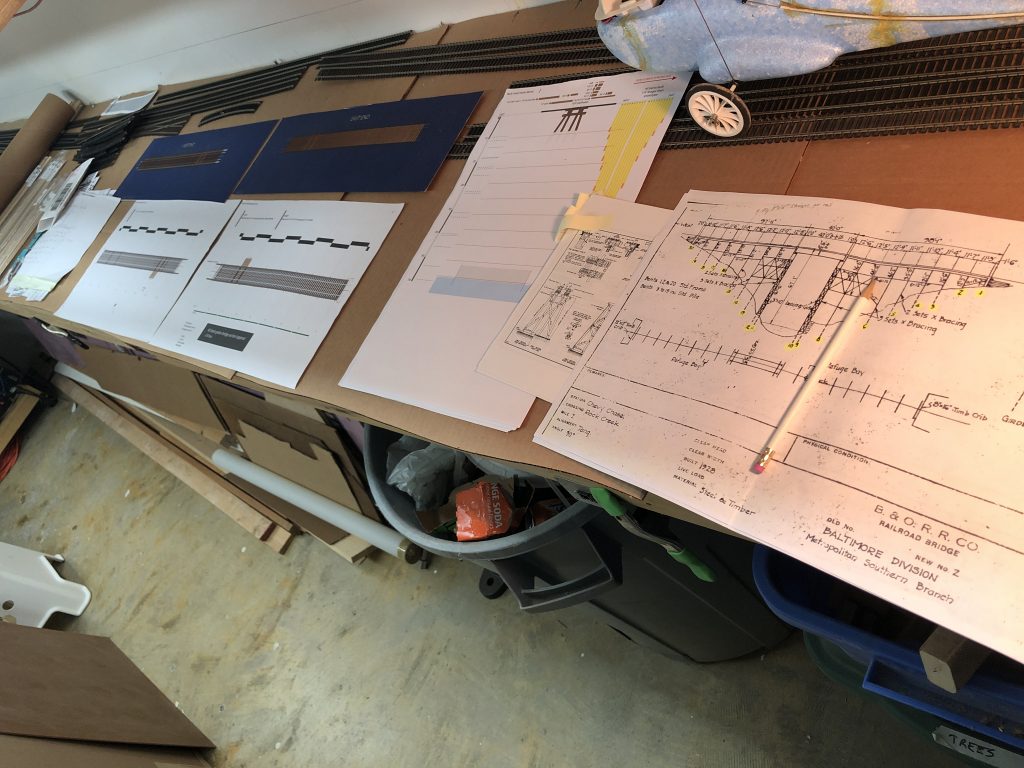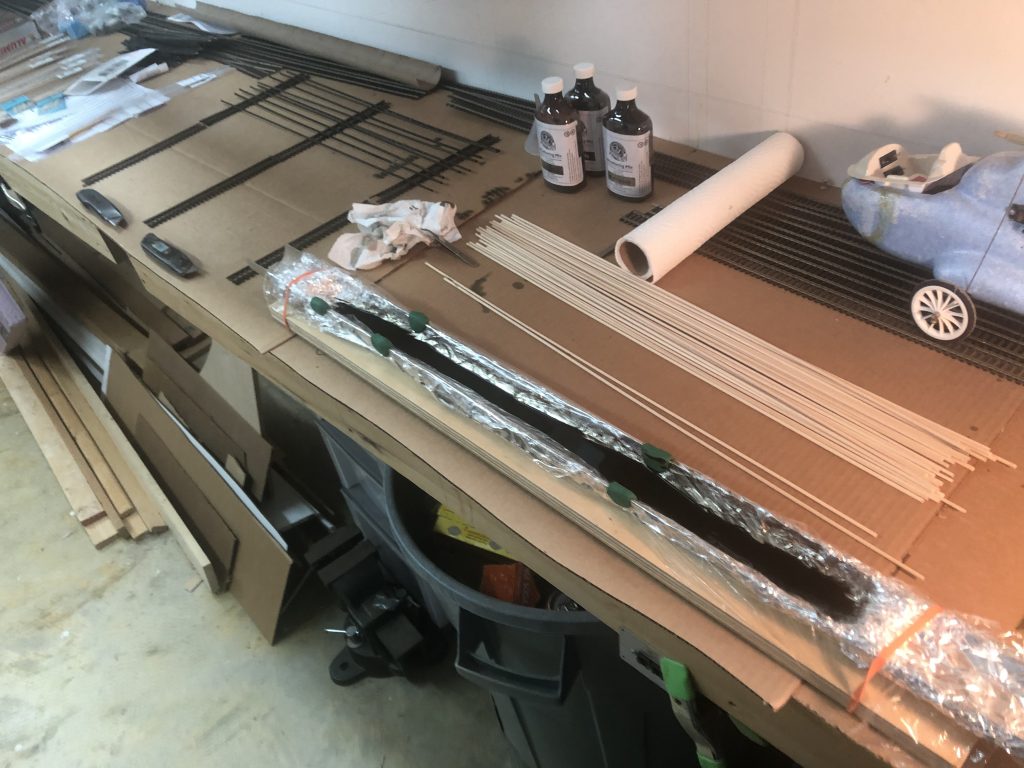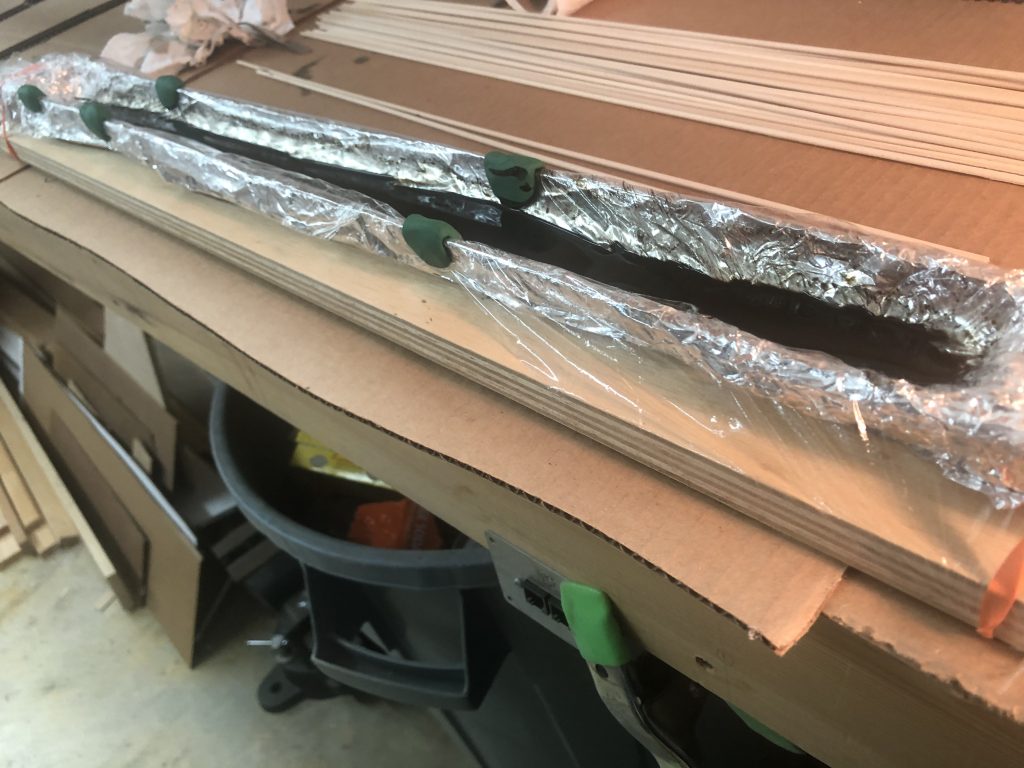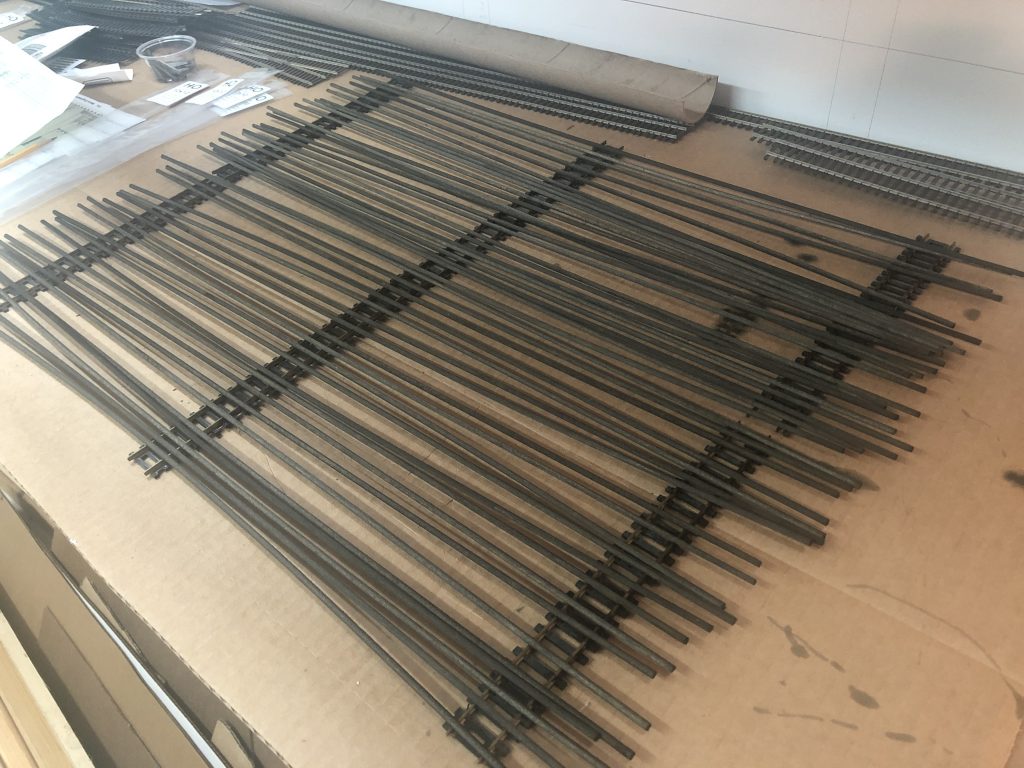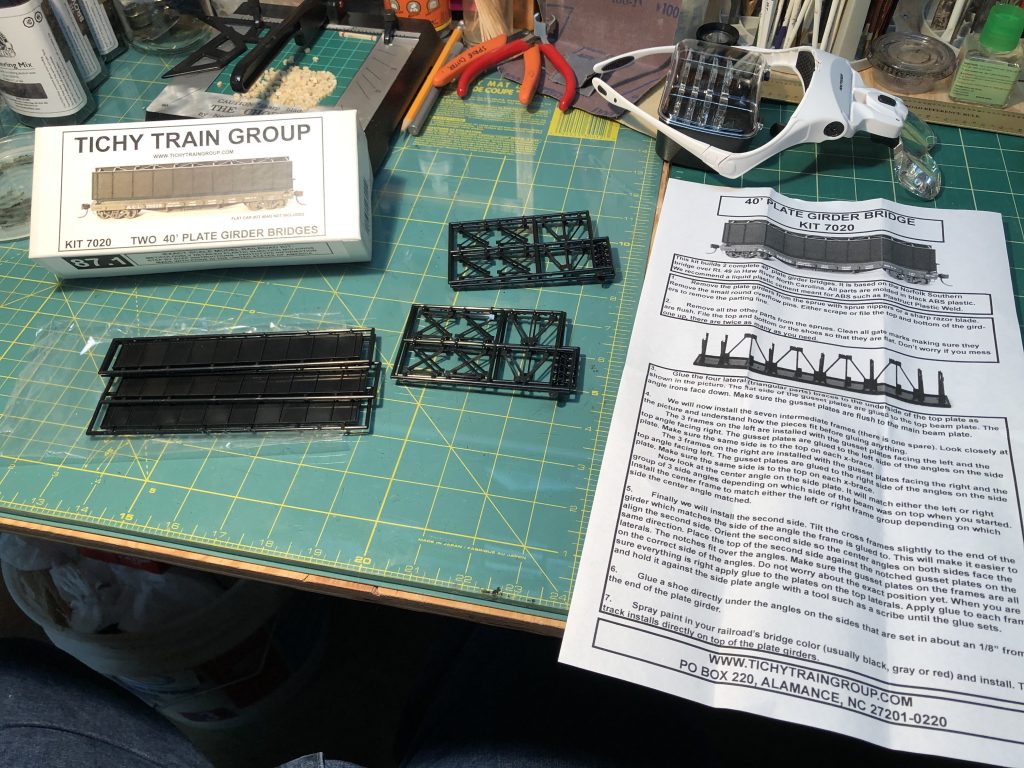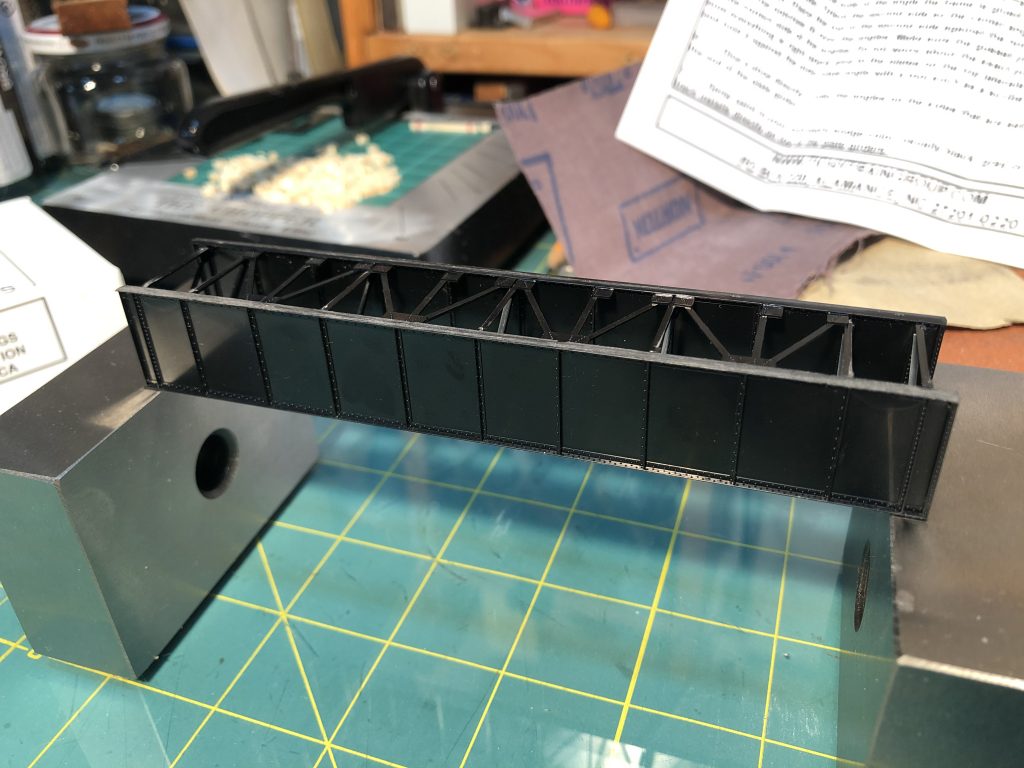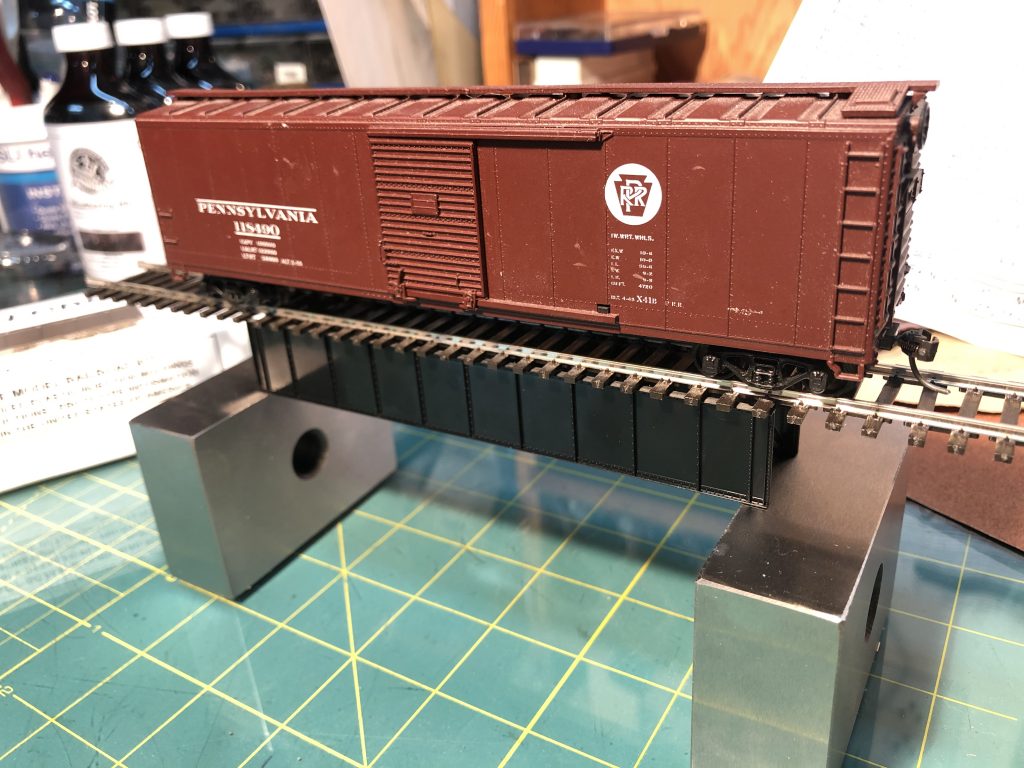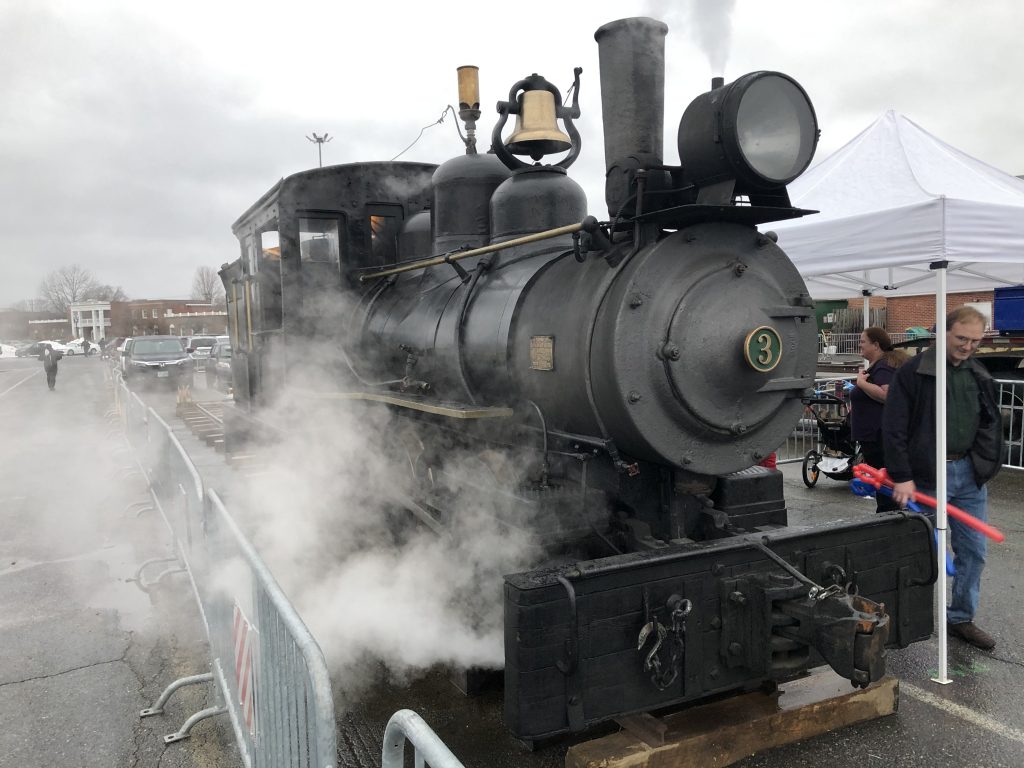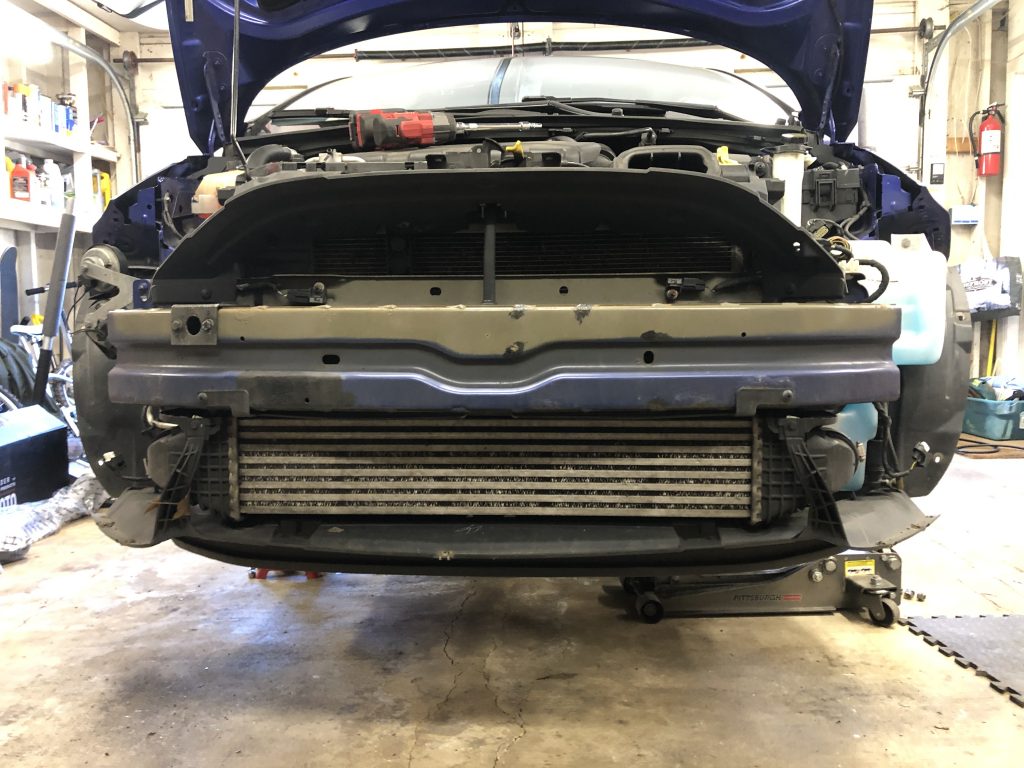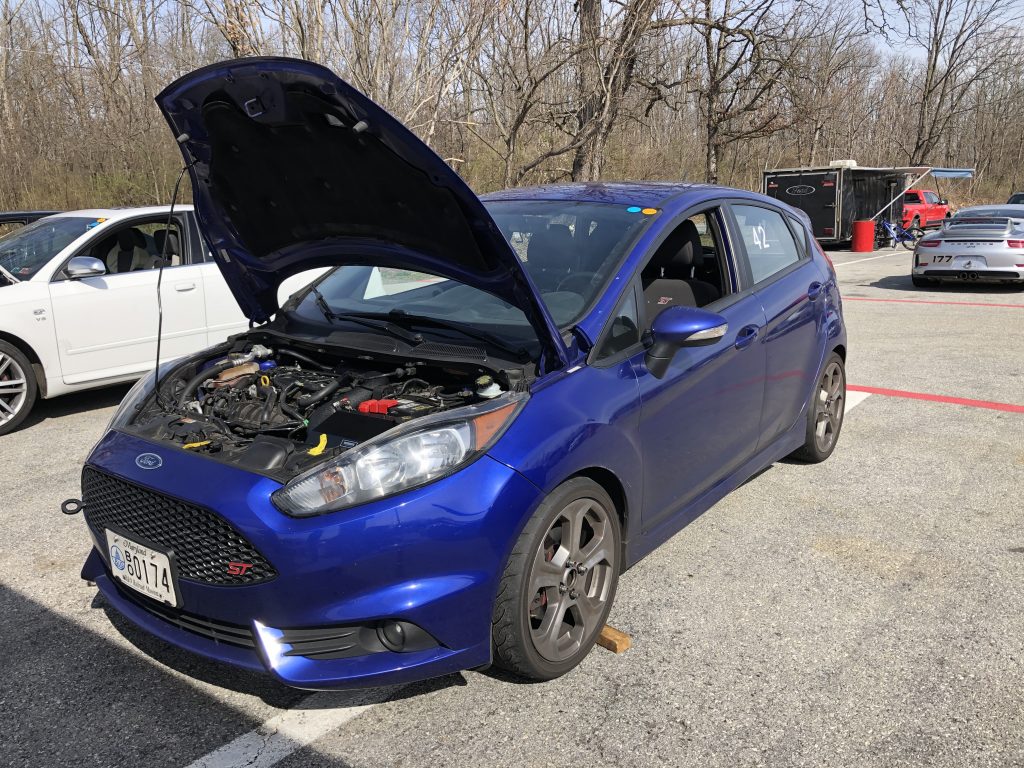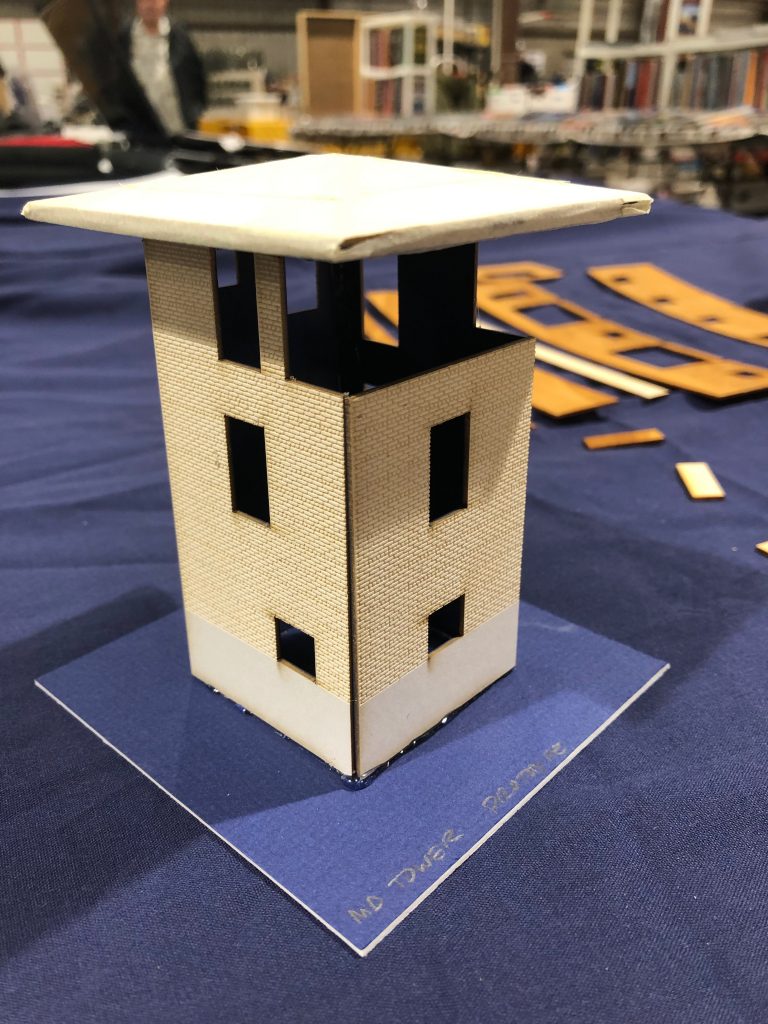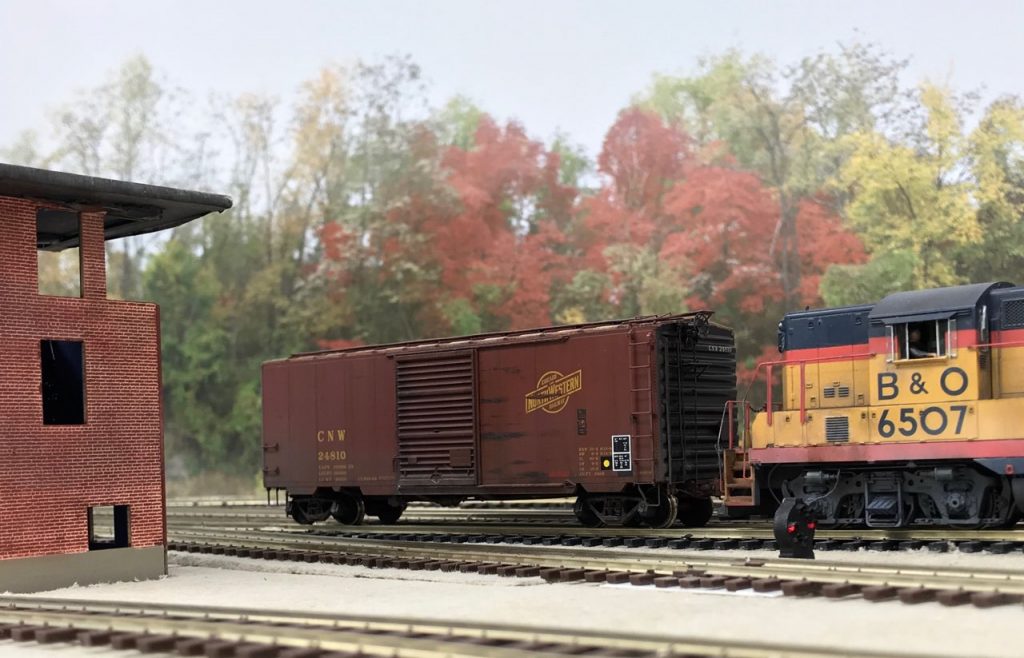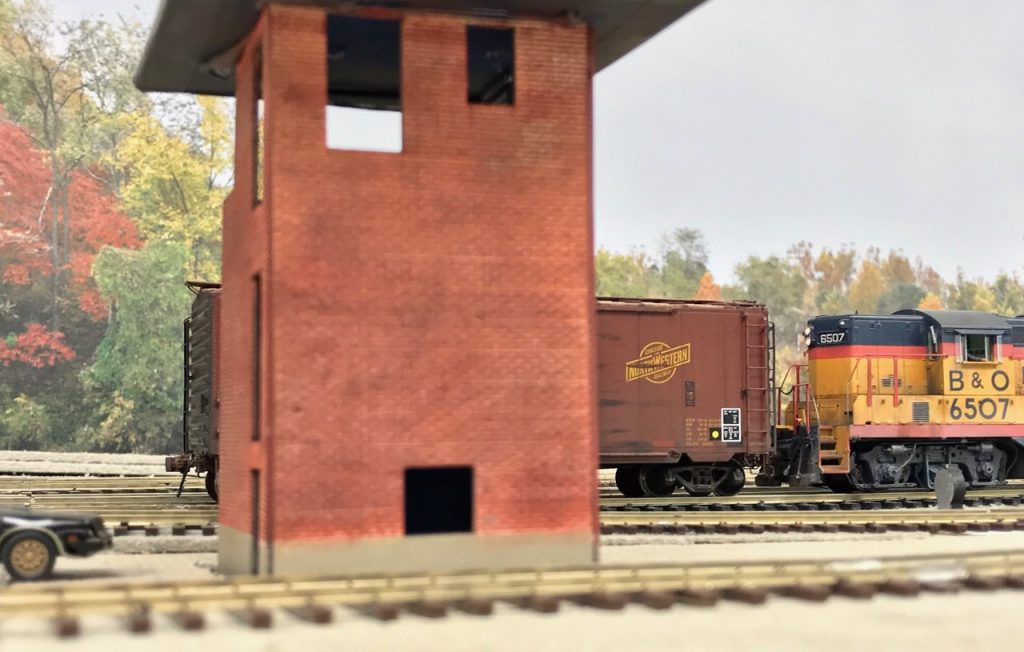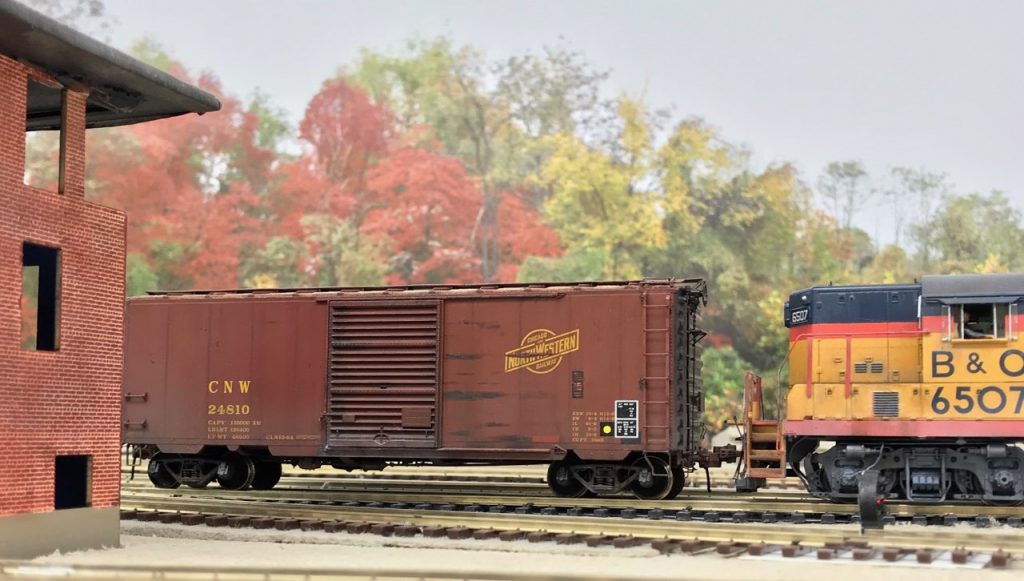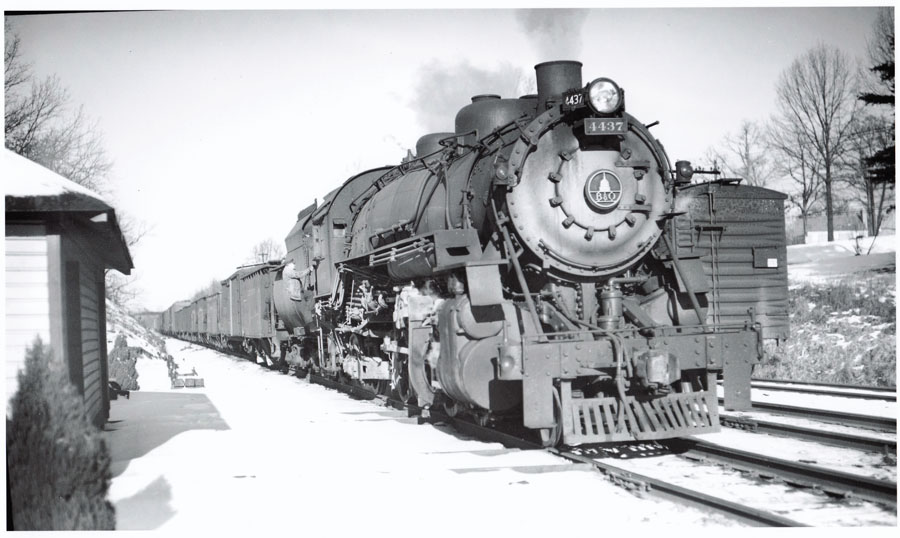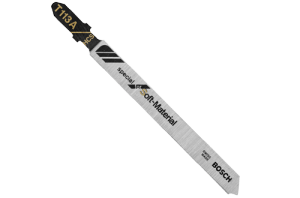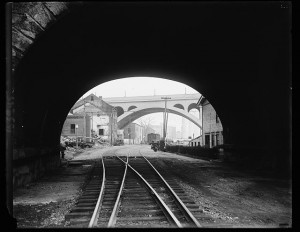OK FOLKS, here is Part deux of my update on what’s new in with my model RR progress, and more! Who else is finding lots of spare time to work on your layout and hobbies?

C&O Canal Bridges
I scaled and printed some blueprints of the three bridges across the C&O Canal on the Georgetown Branch. These were printed and had been laying around for the last couple years. I finally got some time and made mock ups using foam core and 3M spray adhesive. The goal is to get as prototypically accurate as possible when recreating the bridges, but I know some selective compression will be necessary, as I simply do not have the space. I have already done a virtual mock-up, and in the near future I hope to do a physical one.
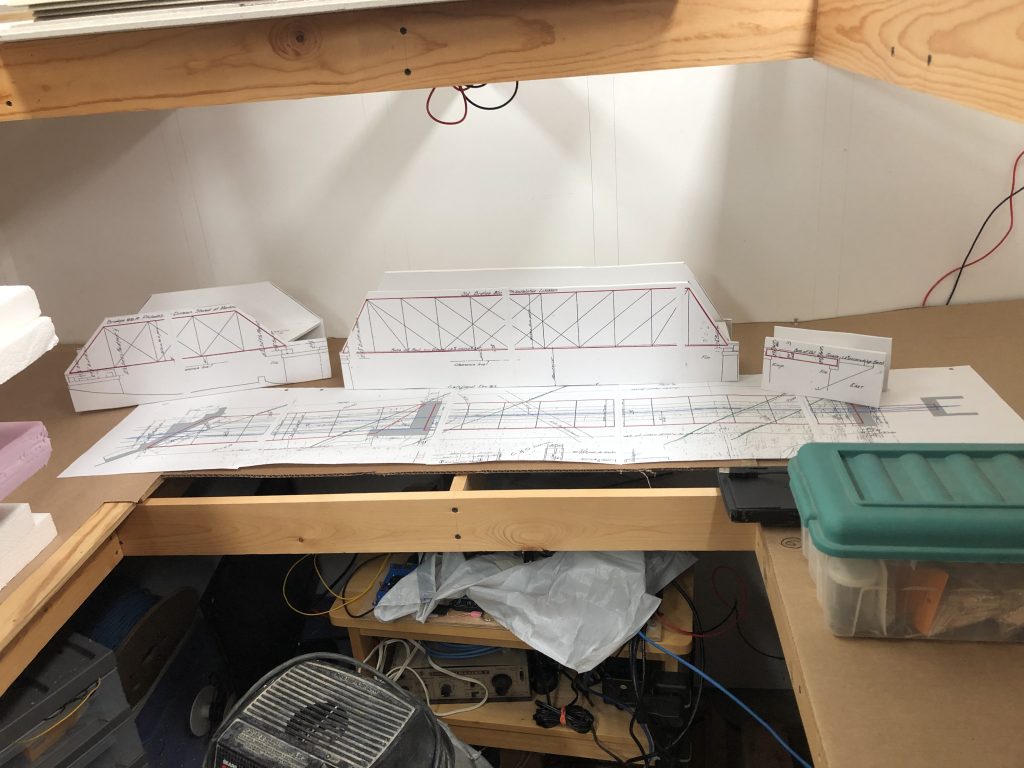
Bethesda Update
A lot going on in this area of the layout as I completed the backdrop, painted it and removed tracks to do mock-ups.
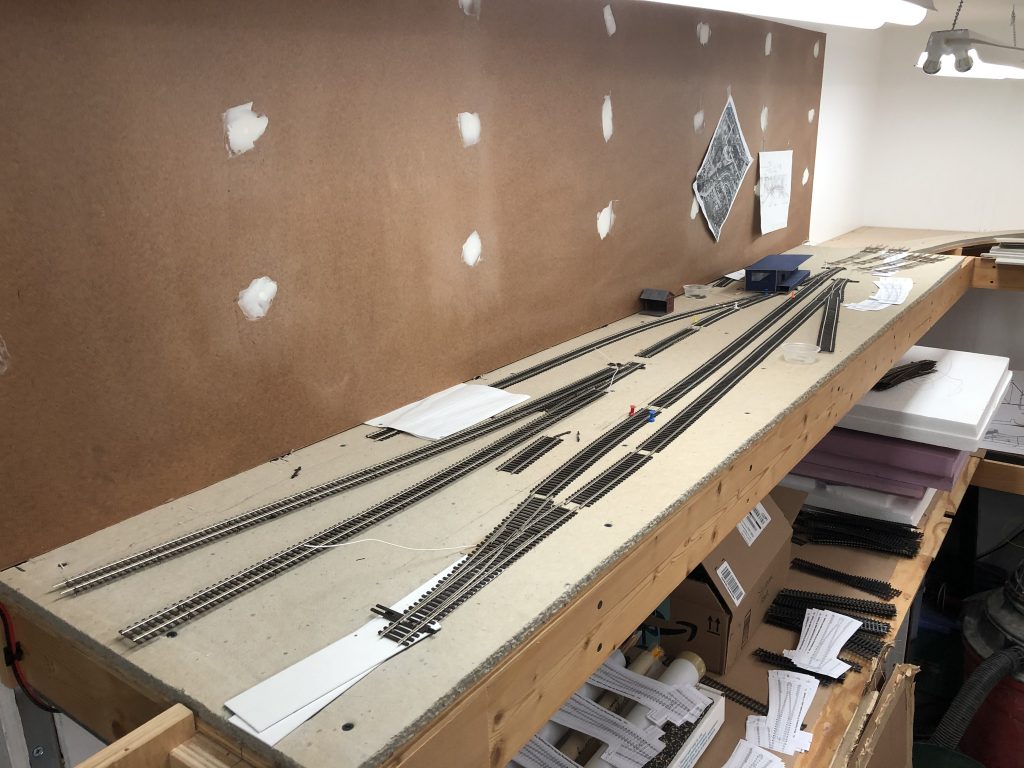
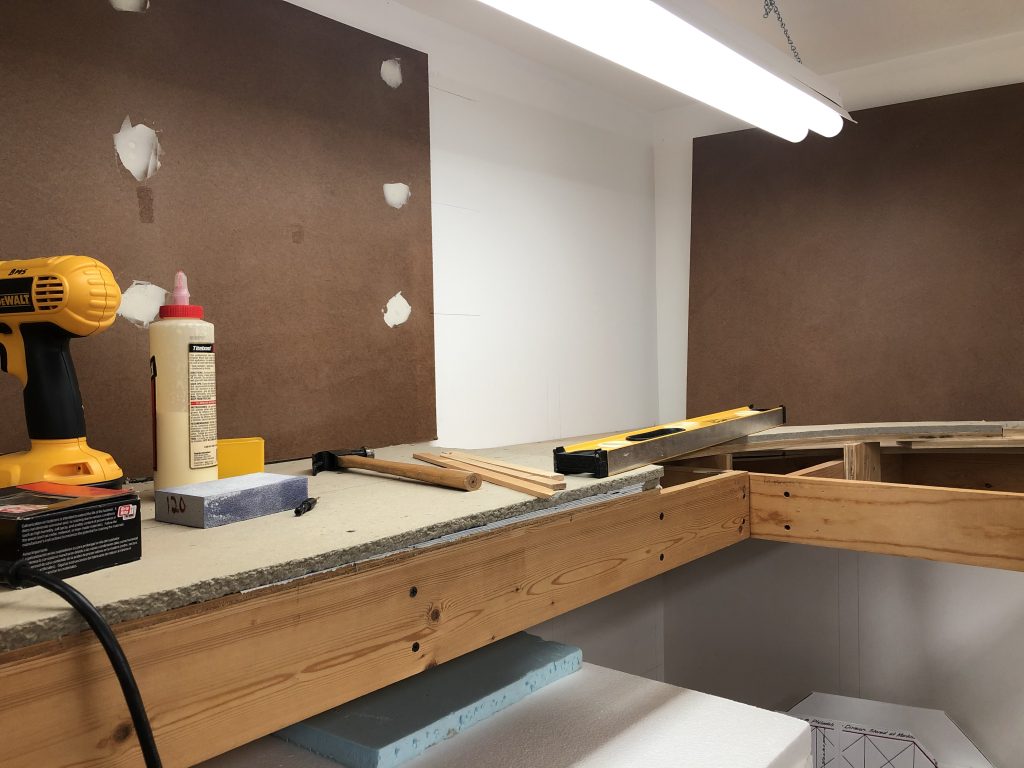
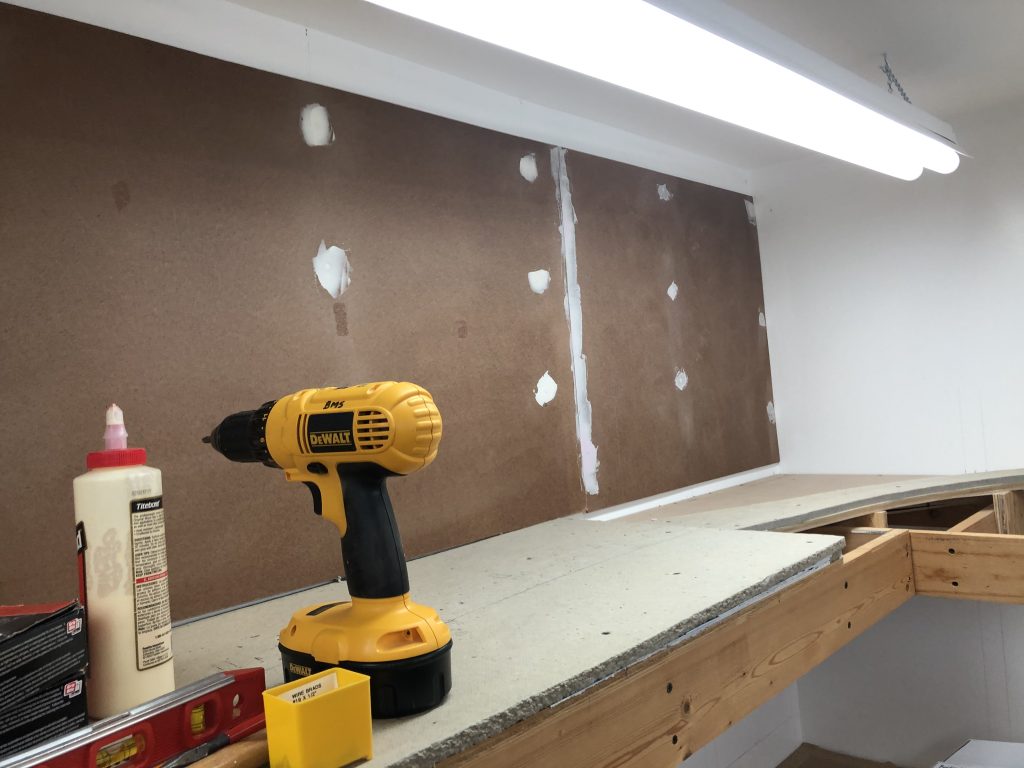
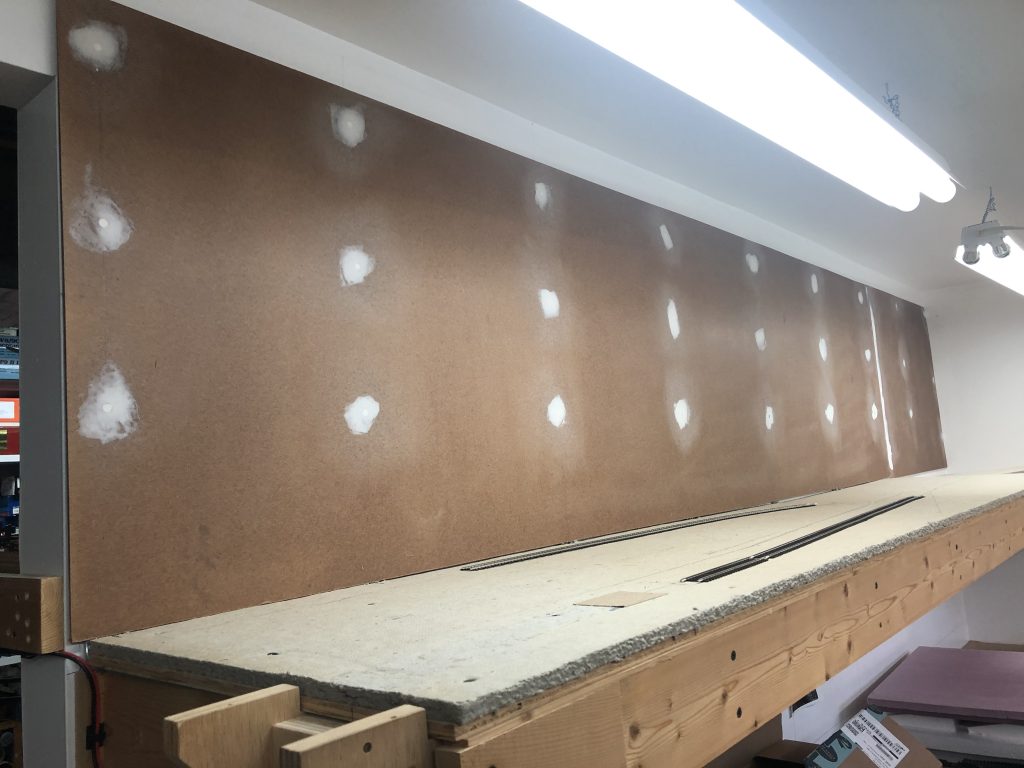
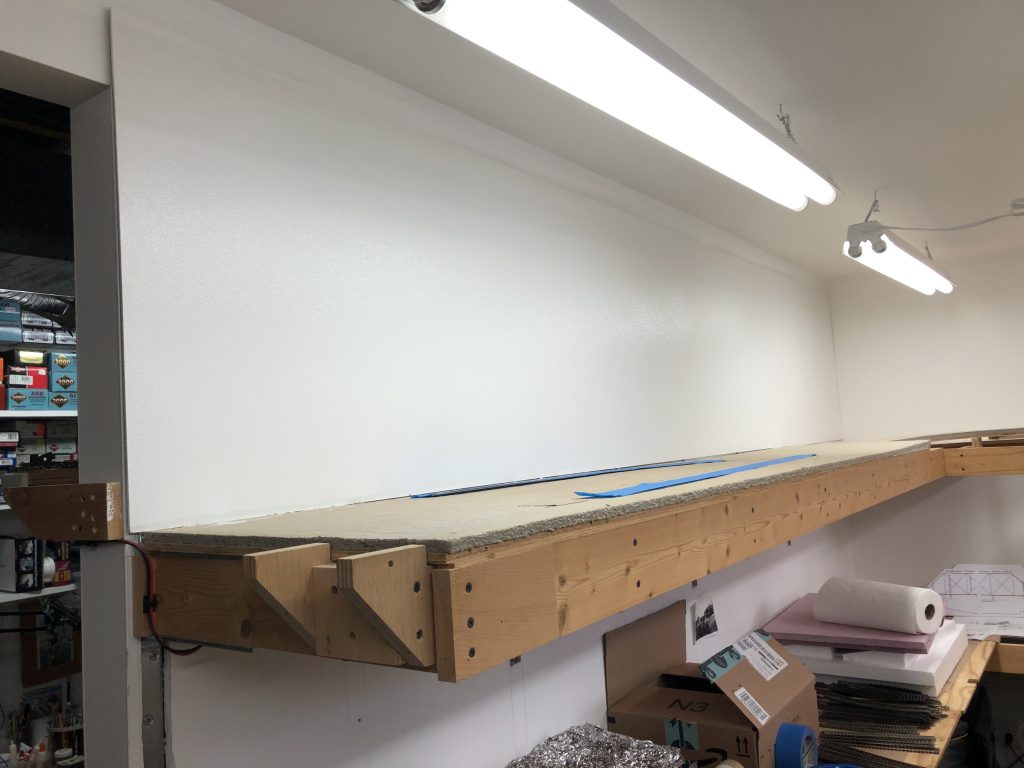
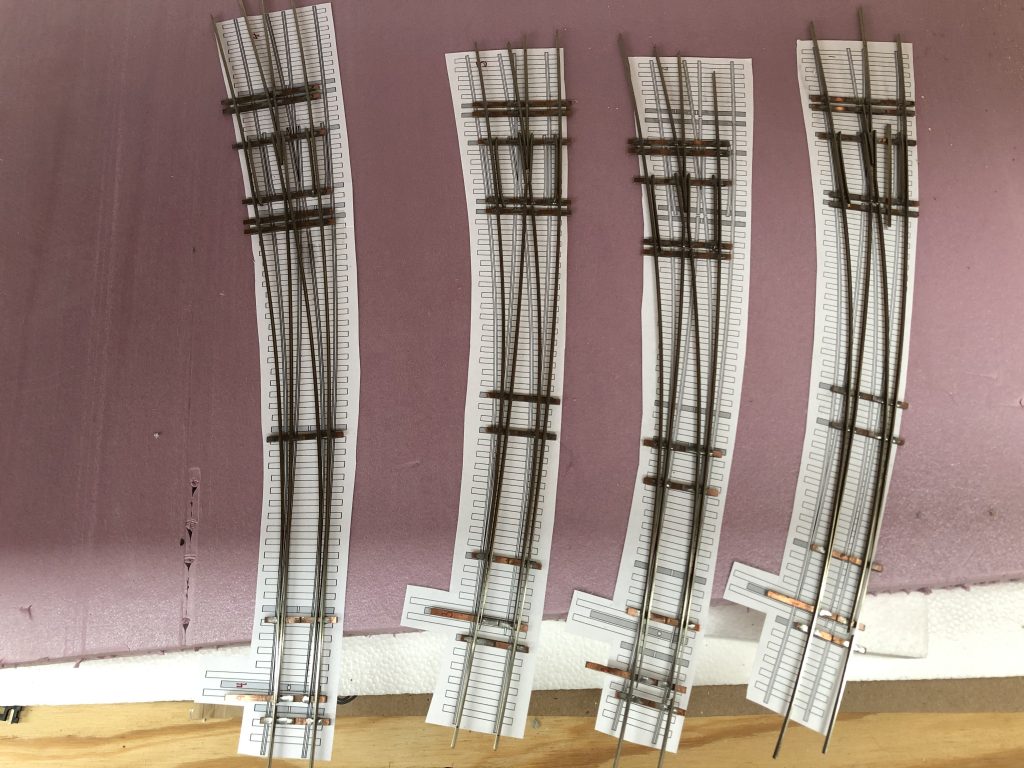
The three turnouts are sized as follows from right to left: #8 40″ outside radius, 30″ inside radius, #8 50″/35″, #8 60″/40″, and #10 60″/46″.
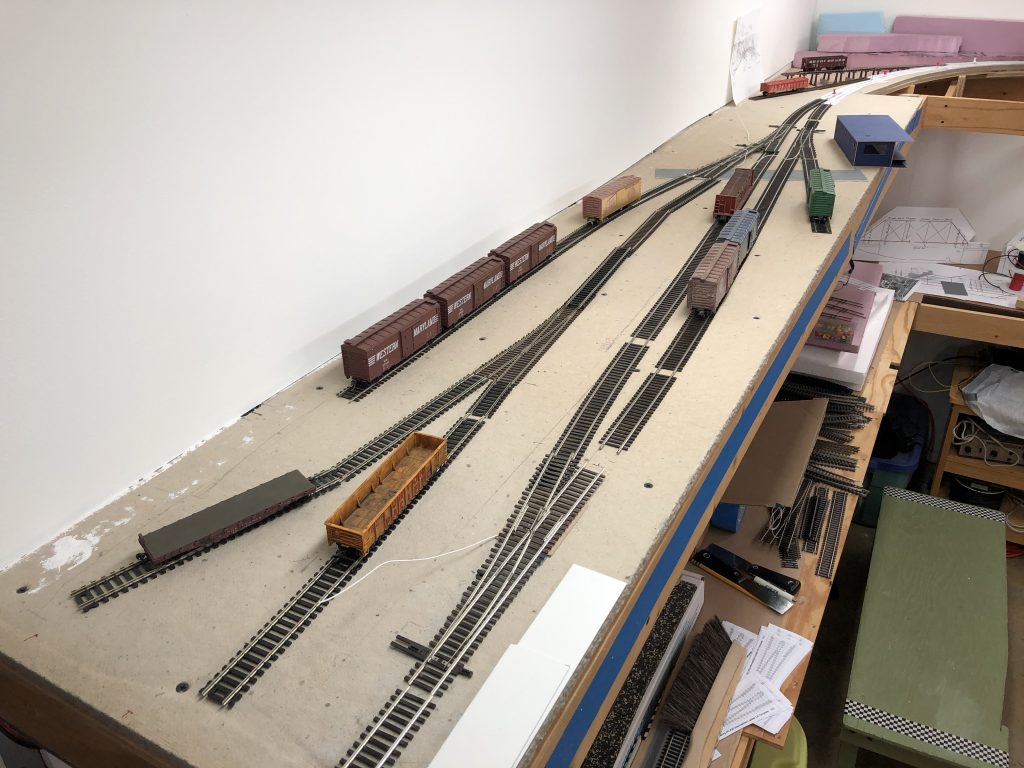
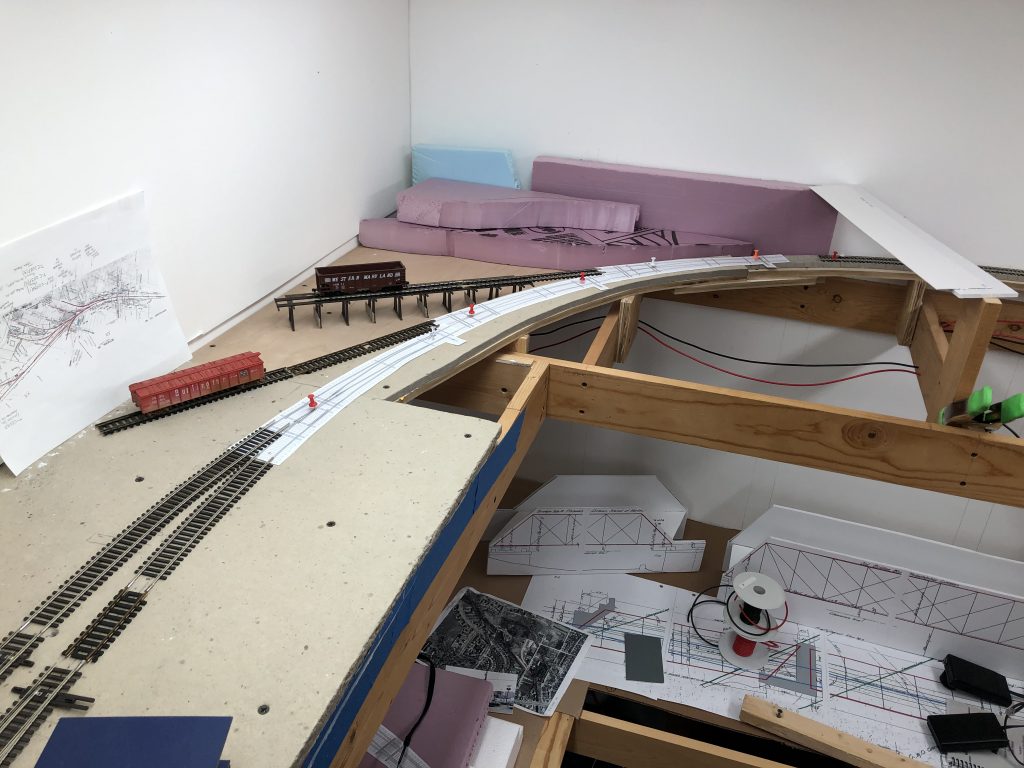
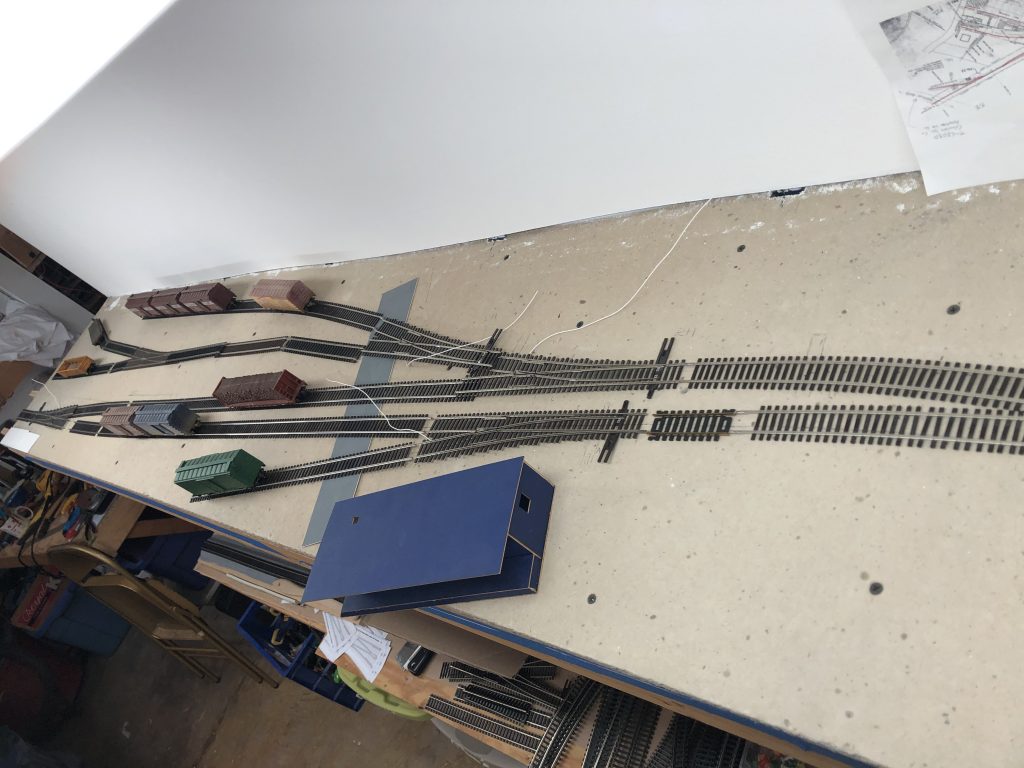

Modeling Update
I have also been busy with various modeling tasks. A couple years ago I bought a large lot of HO scale vehicles, mostly die cast, some resin. In retrospect, I think I bit off more than I can chew and what I purchased are models that are going to take a lot of work to get where I want them for the layout. I’ve been prototype research on the vehicles in the hopes I can do some better paint jobs than the previous owner did. Here is one example:
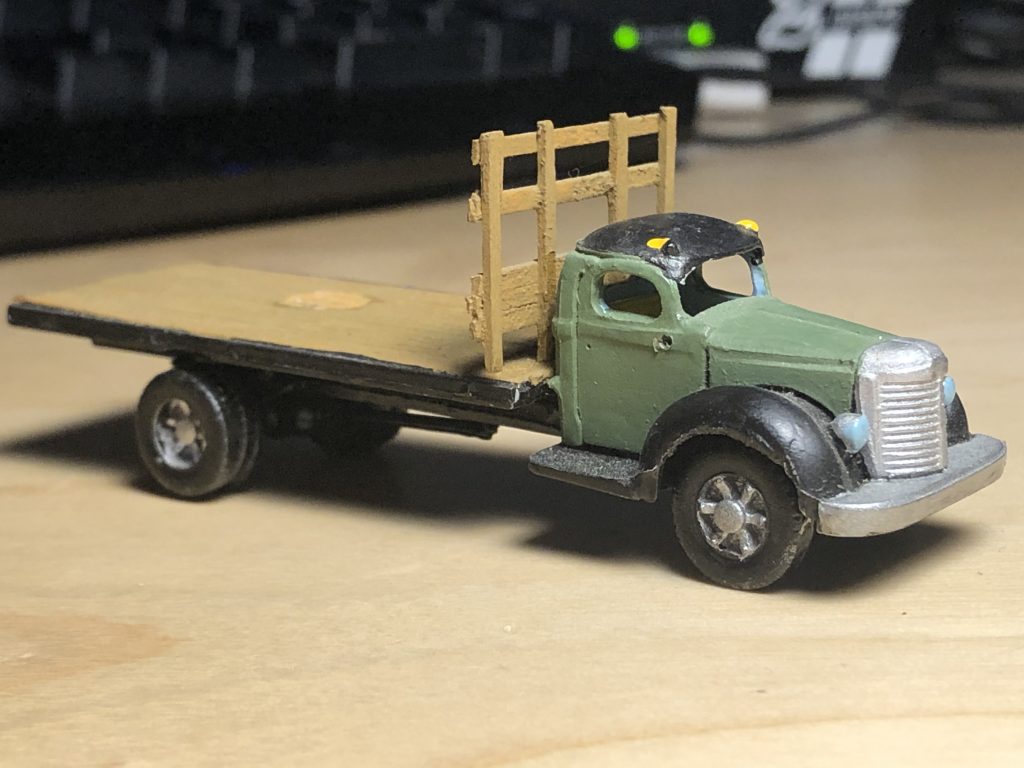
After consulting with my model RR Club, the consensus is they are Wiseman Model Services (ex Walker Motor Works) International KB-11 trucks. These models were made back in the 70s, I believe, and have gone through various iterations over the years. They are made up of several parts, are really fragile and don’t have a ton of detail. I did some research and decided to try some Super Clean for stripping these metal frames. The results were fantastic. Not only did the cleaner strip the paint, it also dissolves the glue after a few days, which allows me to get the models back into their parts form for reassembly and detailing.
For reassembly, I’ve been using the ZAP PT-36 Z-Poxy Quick-Shot 5-Minute Epoxy. This stuff is fantastic, old-school epoxy. Squirt out a bit from both tubes, mix and apply. The VERY nice thing, for this application, is that being 5-min epoxy means that it’s just enough and it gets just tacky enough to allow for me to put the truck cab parts together and rearrange them carefully as I go, until I’m satisfied, at which point it hardens. Once set, it’s rock-hard. I find that with CA, you kind of set it and forget it, with little room for adjustment as you fit things together. I ordered some BSI Insta-Set to help with getting the CA to cure quicker where I need it to.
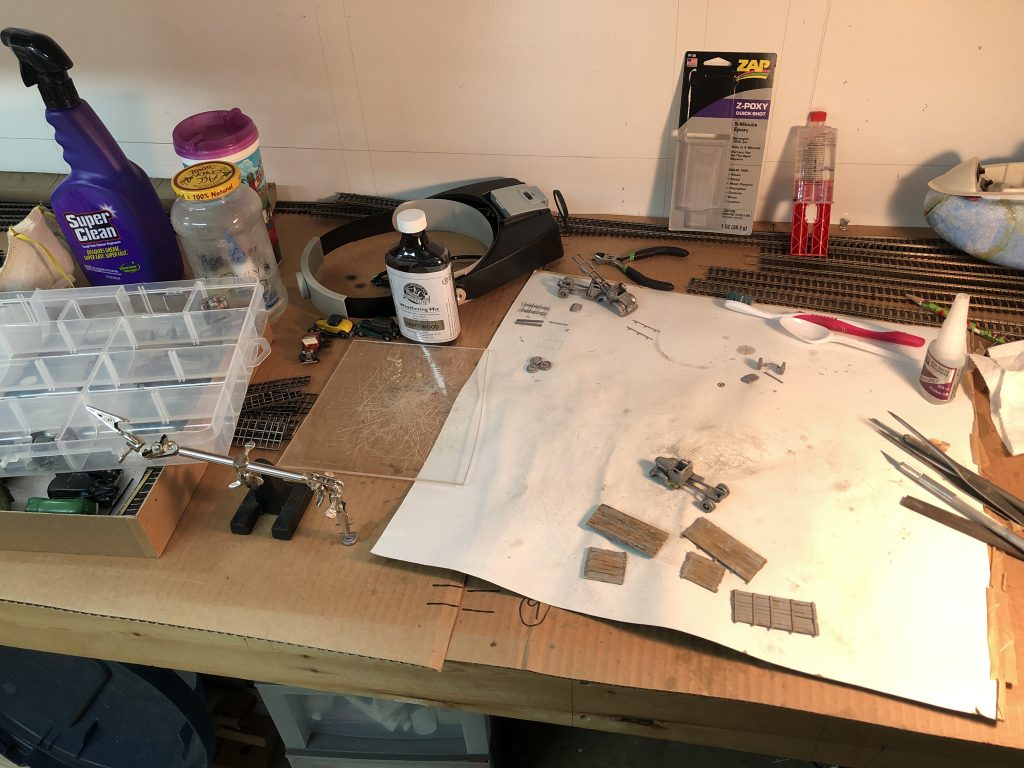
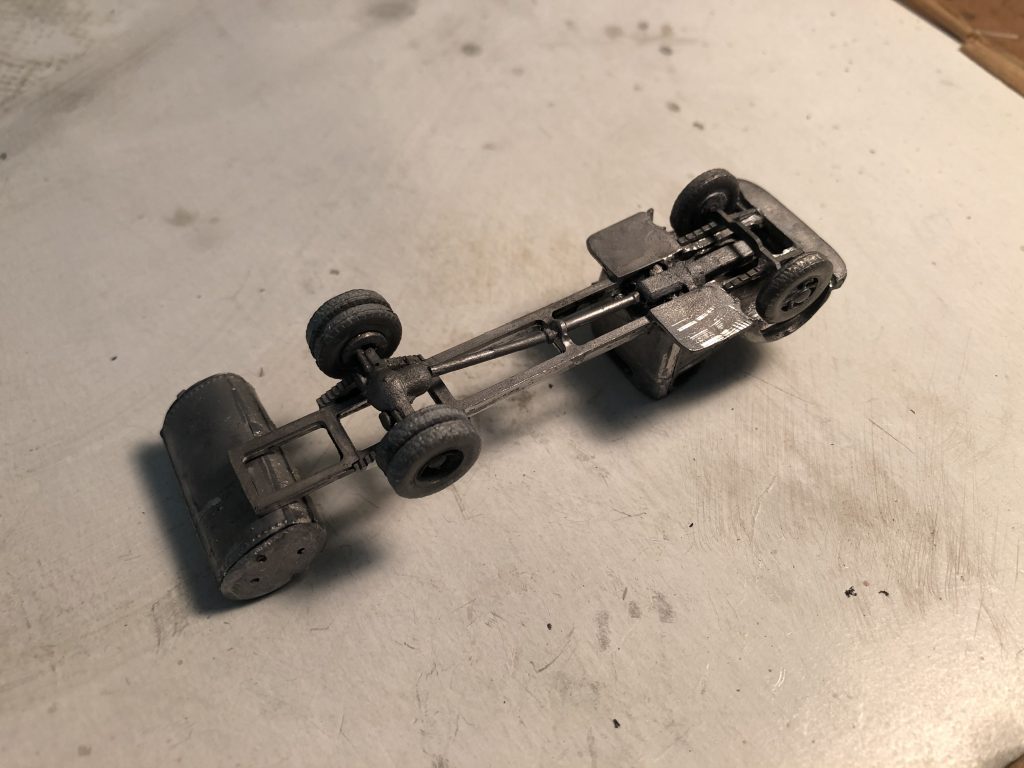
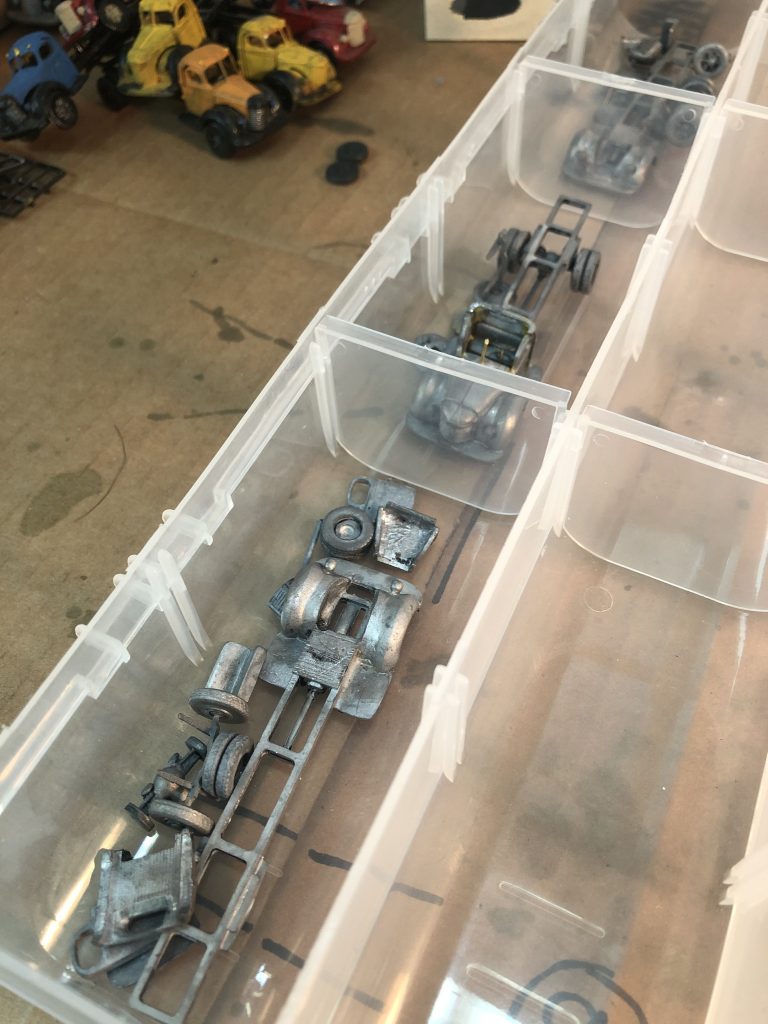
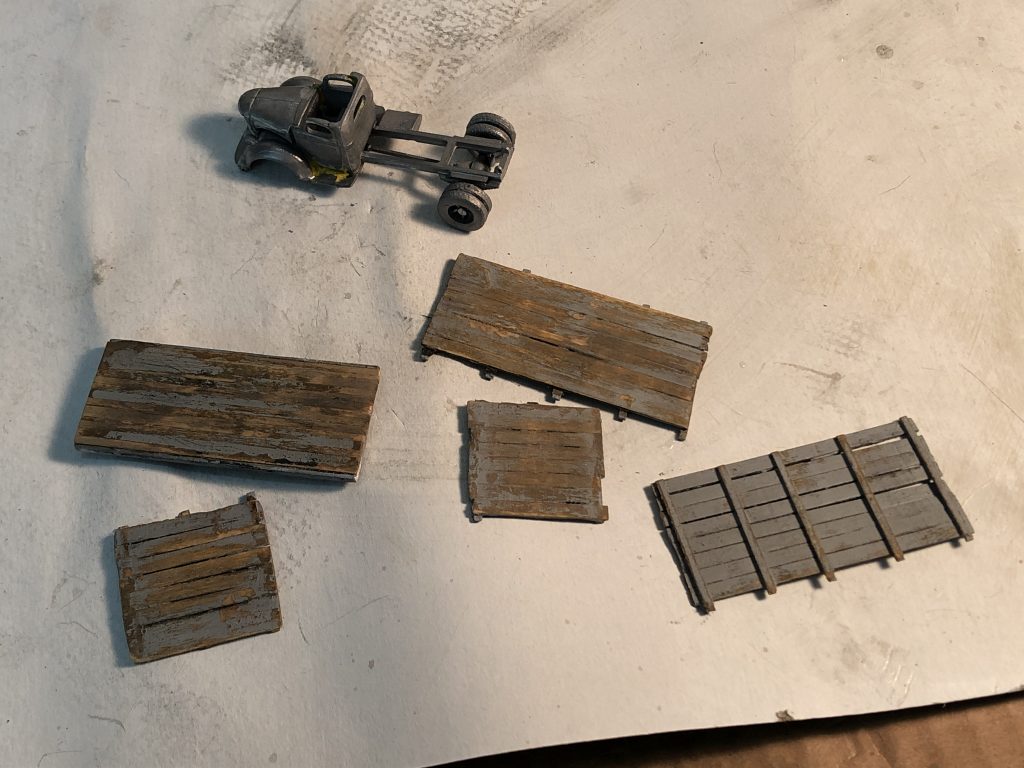
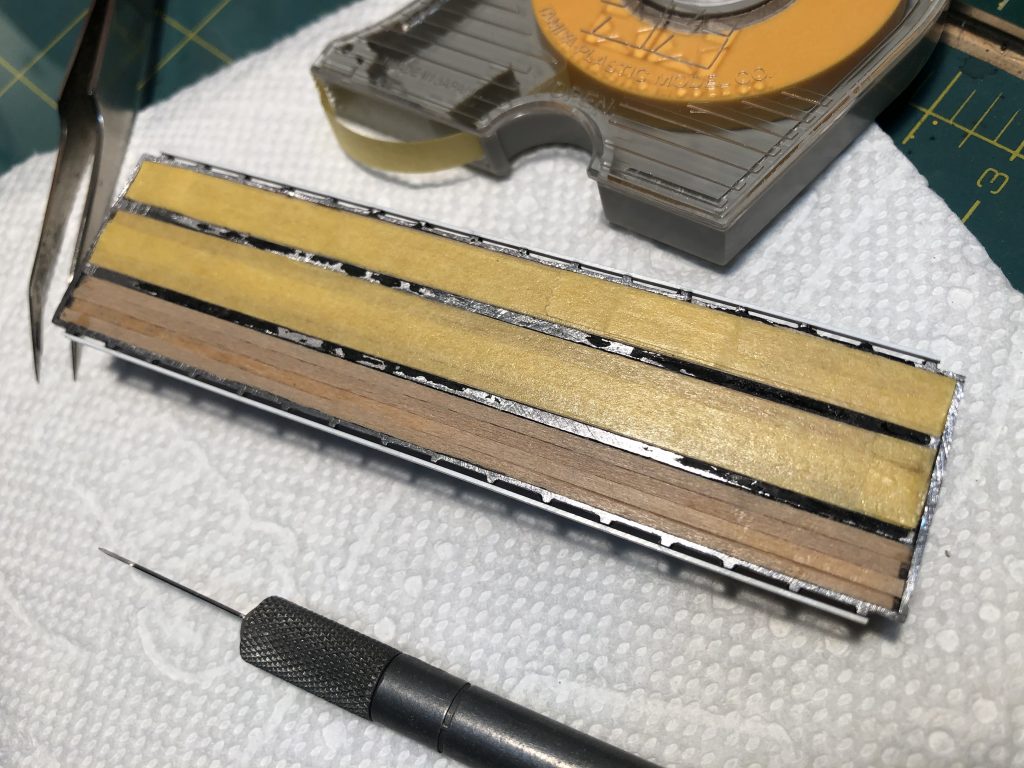
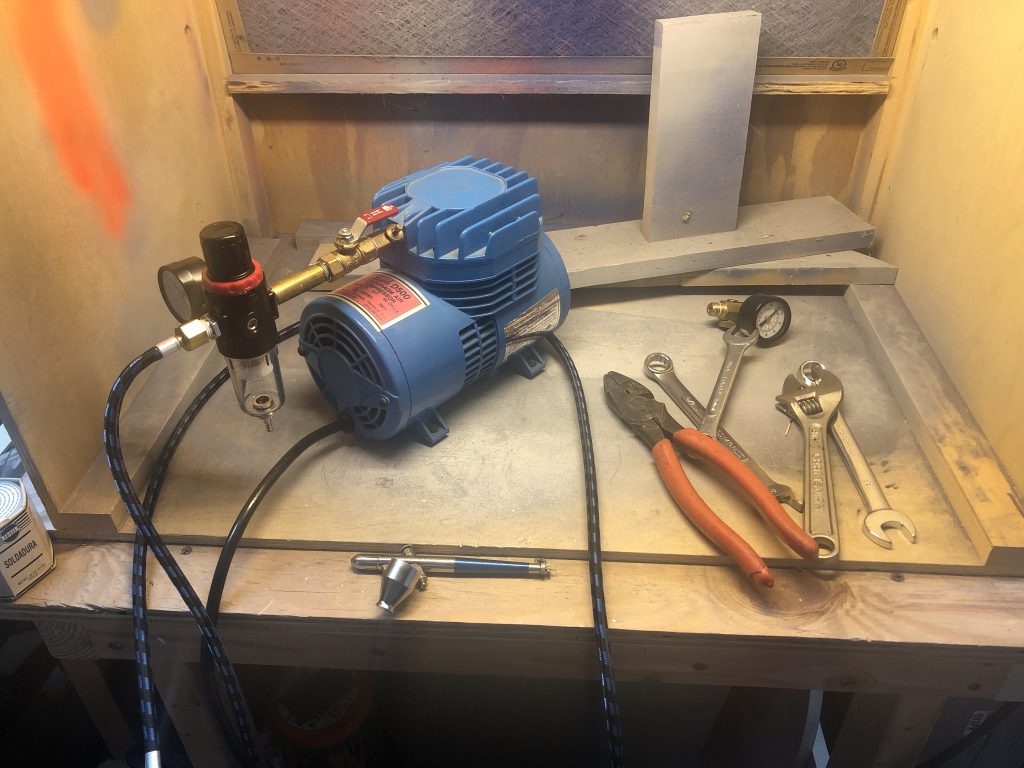
Airbrush Tune-Up – About a year ago I did an overhaul on my old Badger airbrush. I took it apart and checked all of the parts. Cleaned everything carefully and reassembled it. I decided to add a regulator to the compressor. I noticed a bit of a clunk when operating the compressor under load, so I took it apart. Inspected all of the gaskets and parts and found no issues. I reassembled it and adjusted the bleed valve. A friend from my model RR club, Greg (who you have seen here before) gave me his old air tank which I will press into service soon. I need to figure out what piping/tubing I will need. I have also been upgrading my paint supply with some proper thinners, new paint and other goodies.
Testors 1:72 Stuka Model Wrap-Up – Another interest I have is military aircraft and armor modeling. I have many unfinished projects, but this one has been floating around my workbench for about 12 years. I decided it was time to wrap it up.
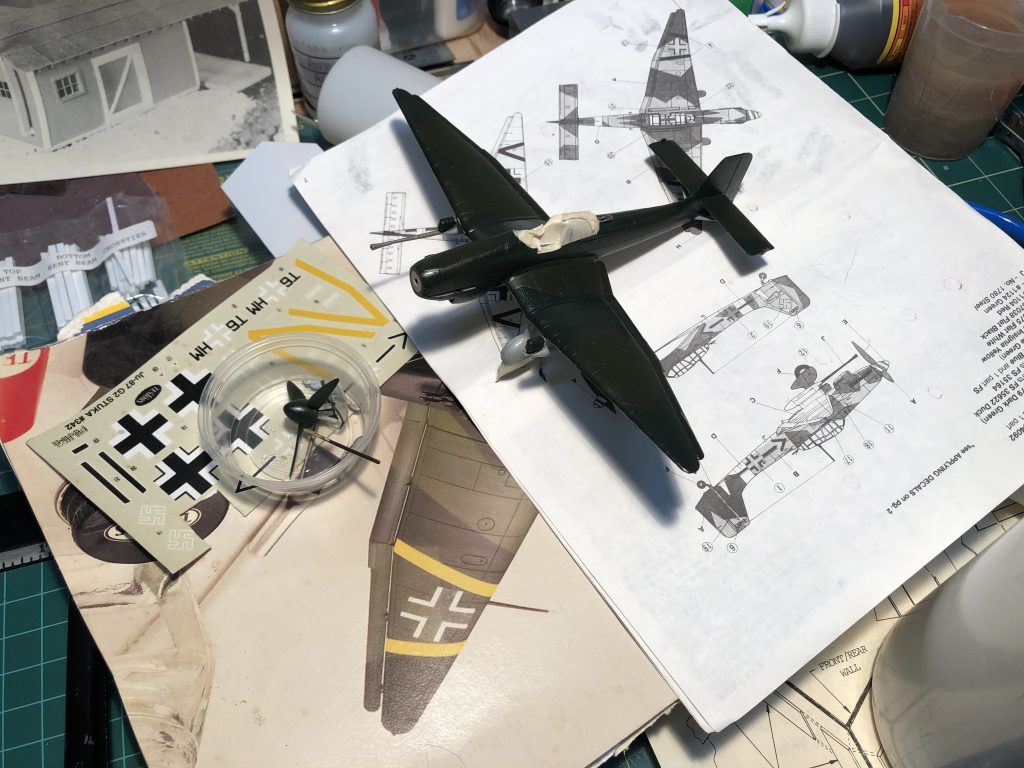
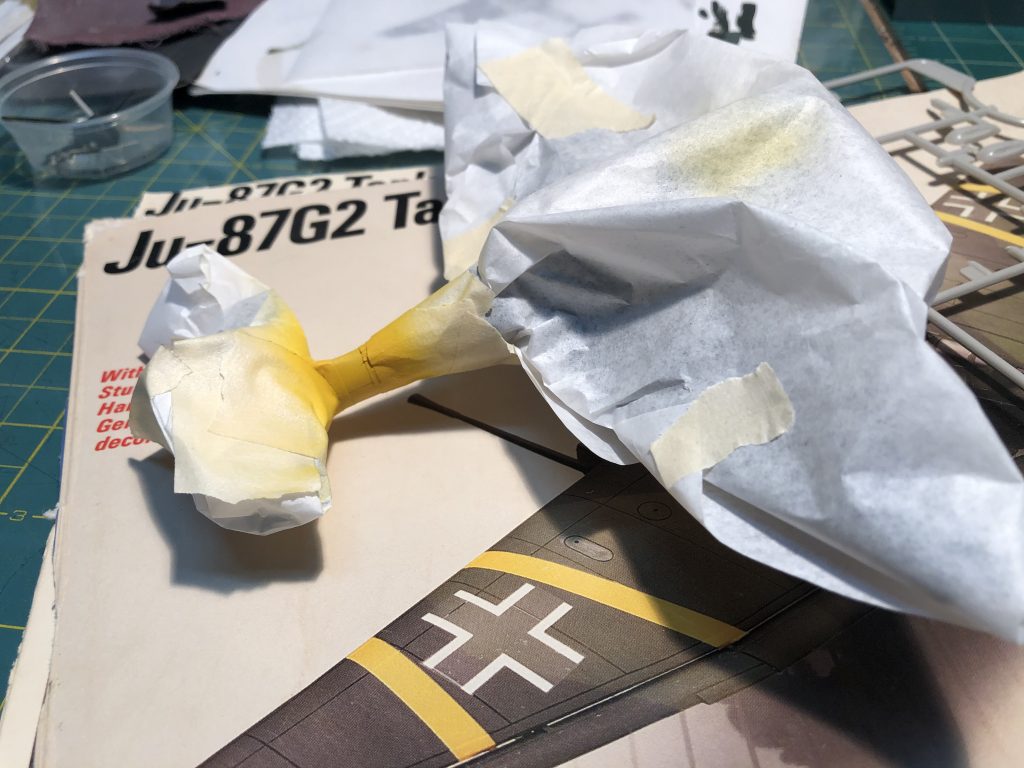
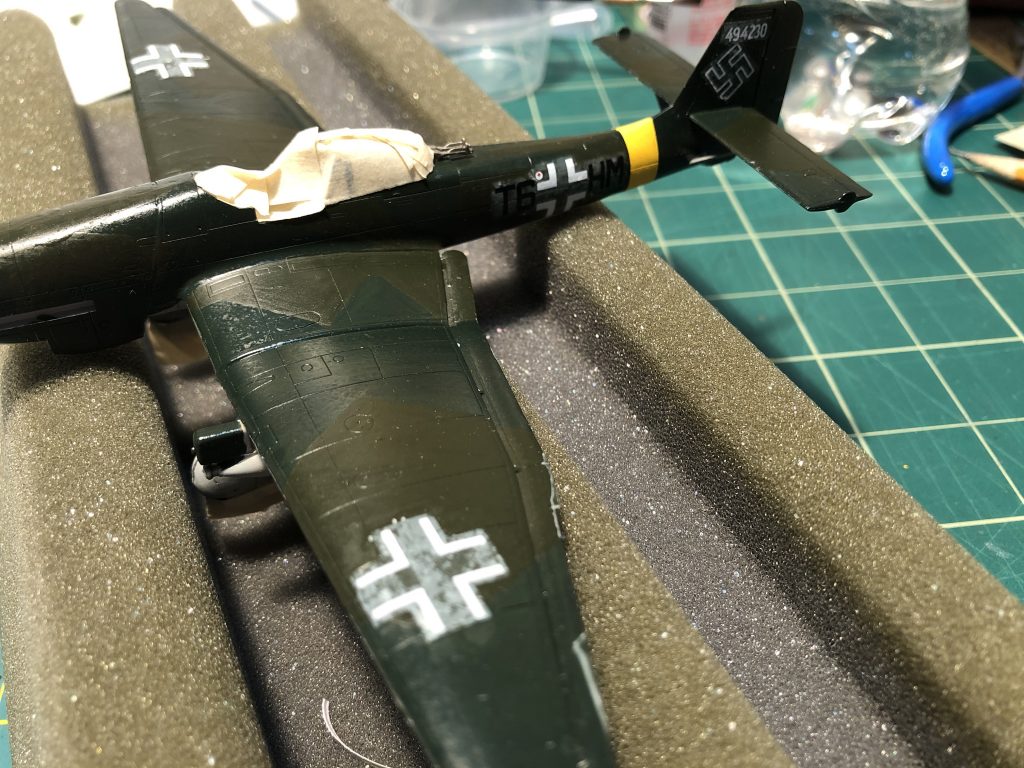
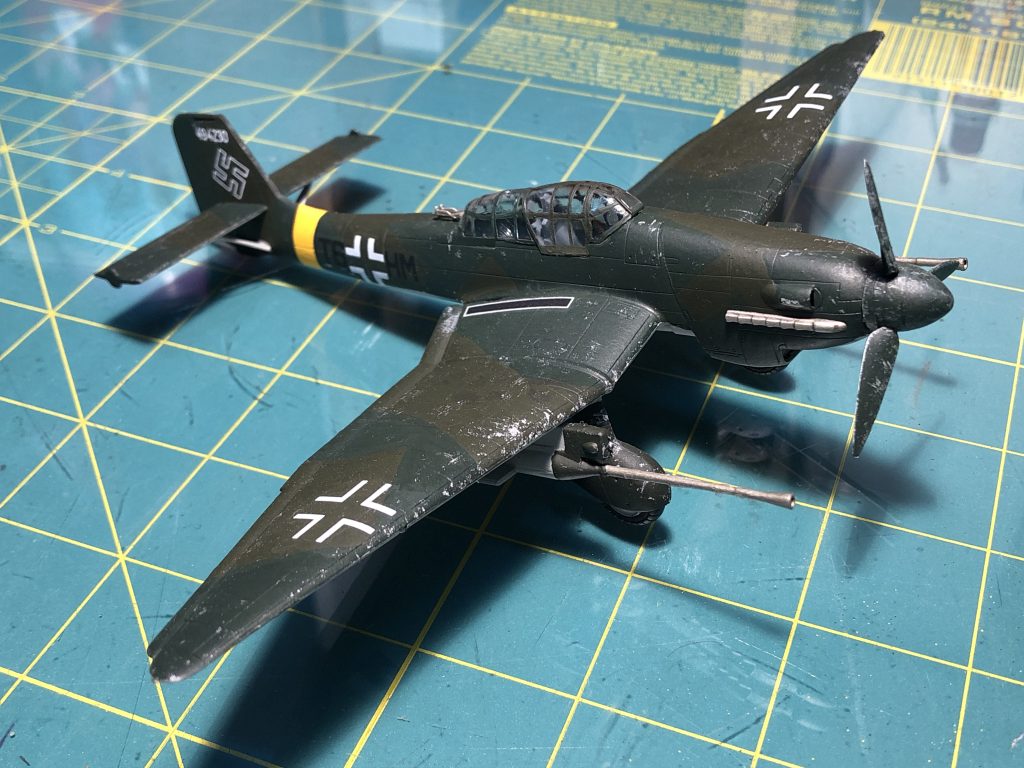
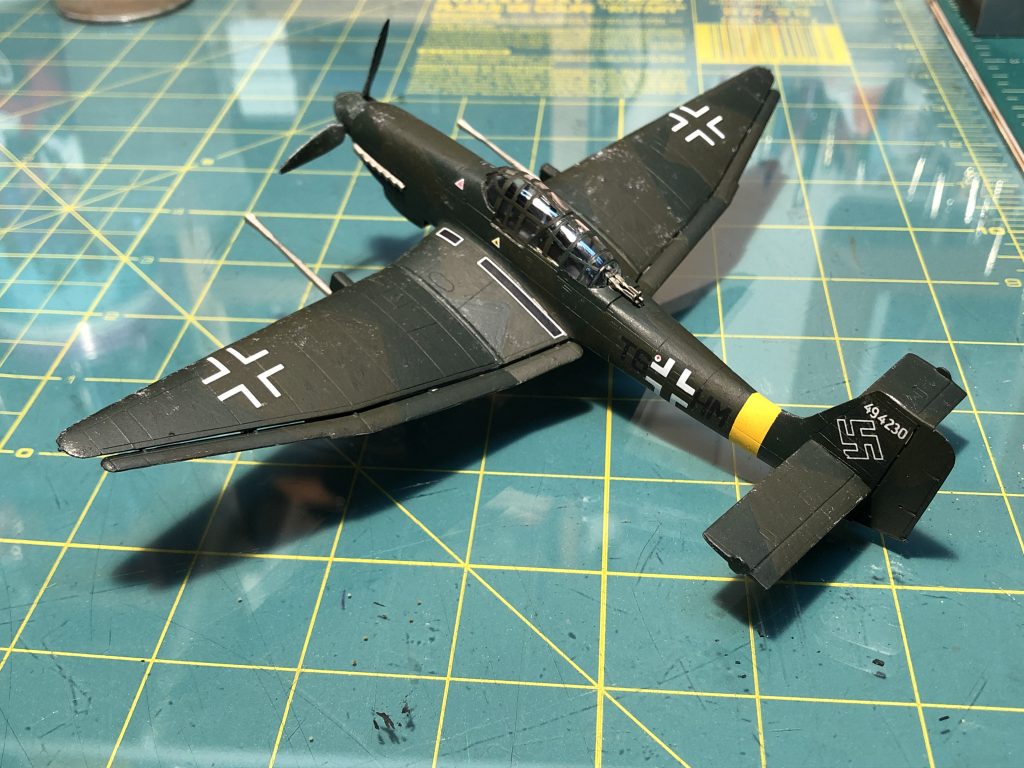

Hope you enjoyed these updates. I know it’s just a lot of rambling, but it feels great to make some progress on all these things. There are so many other items I’ve checked off lately, and really the layout room is coming back alive after being dormant for about a year. I am reinvigorated to get moving and hope to have more updates later this month. Anyone else out there getting stuff done these days? Sound off in the comments.
